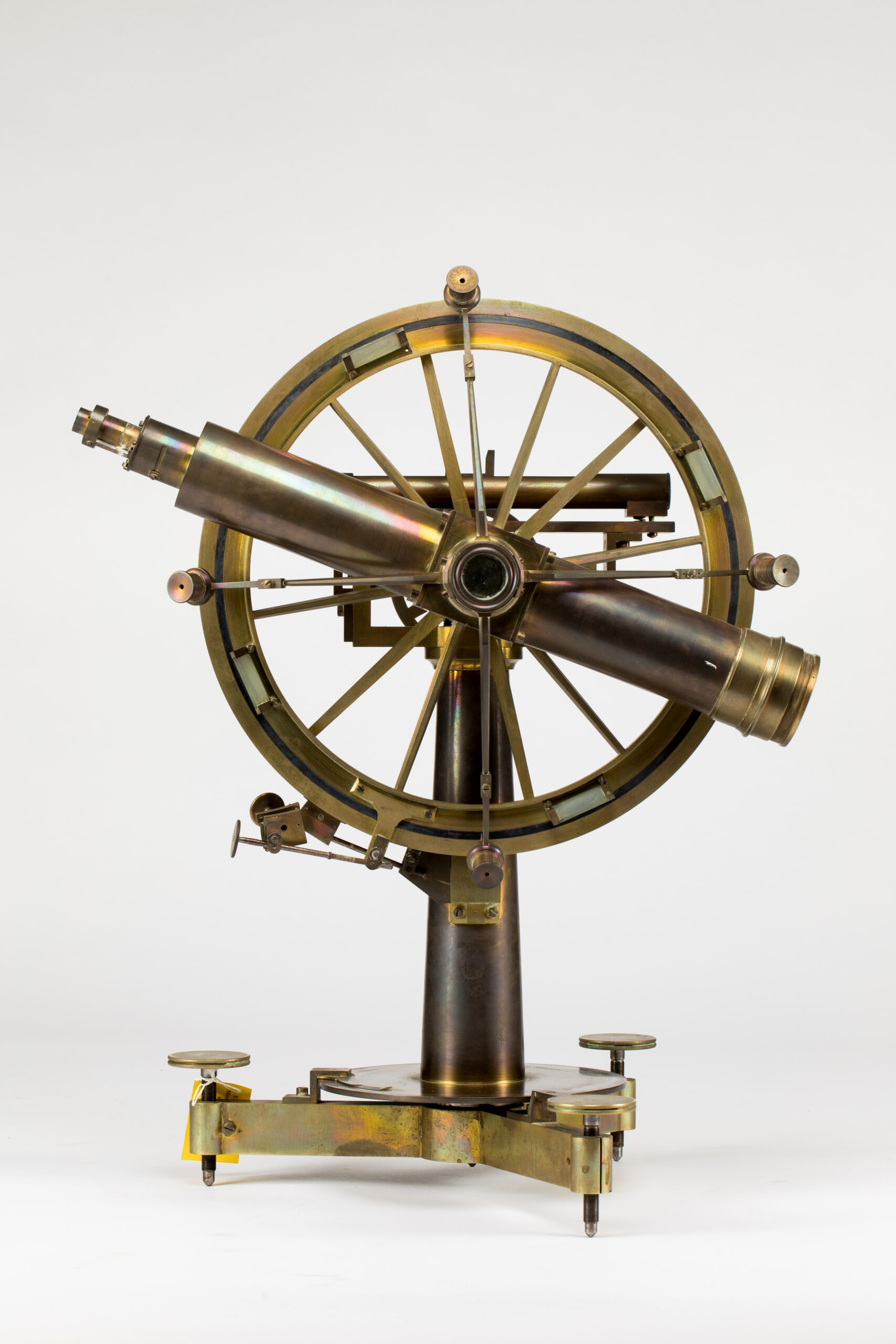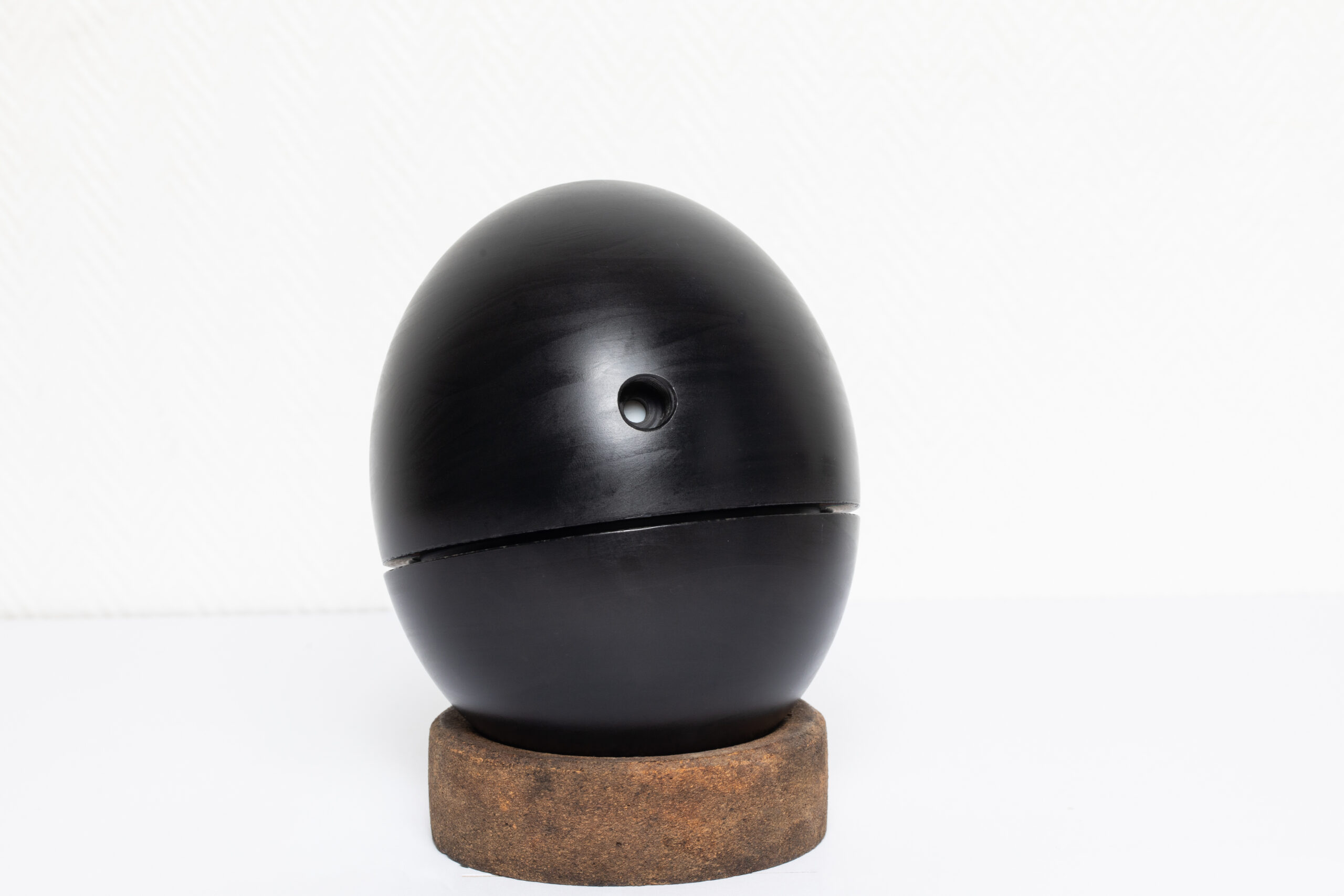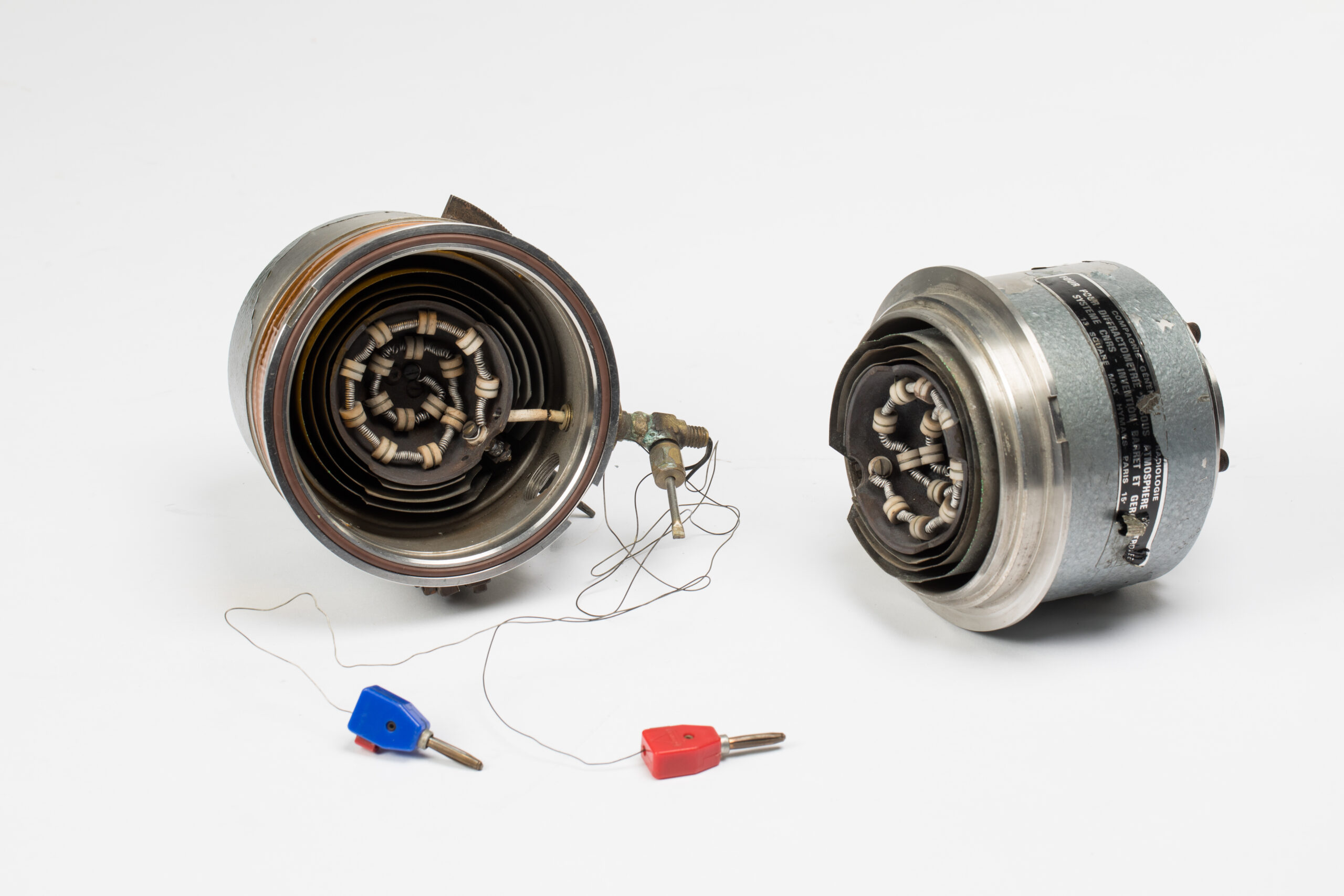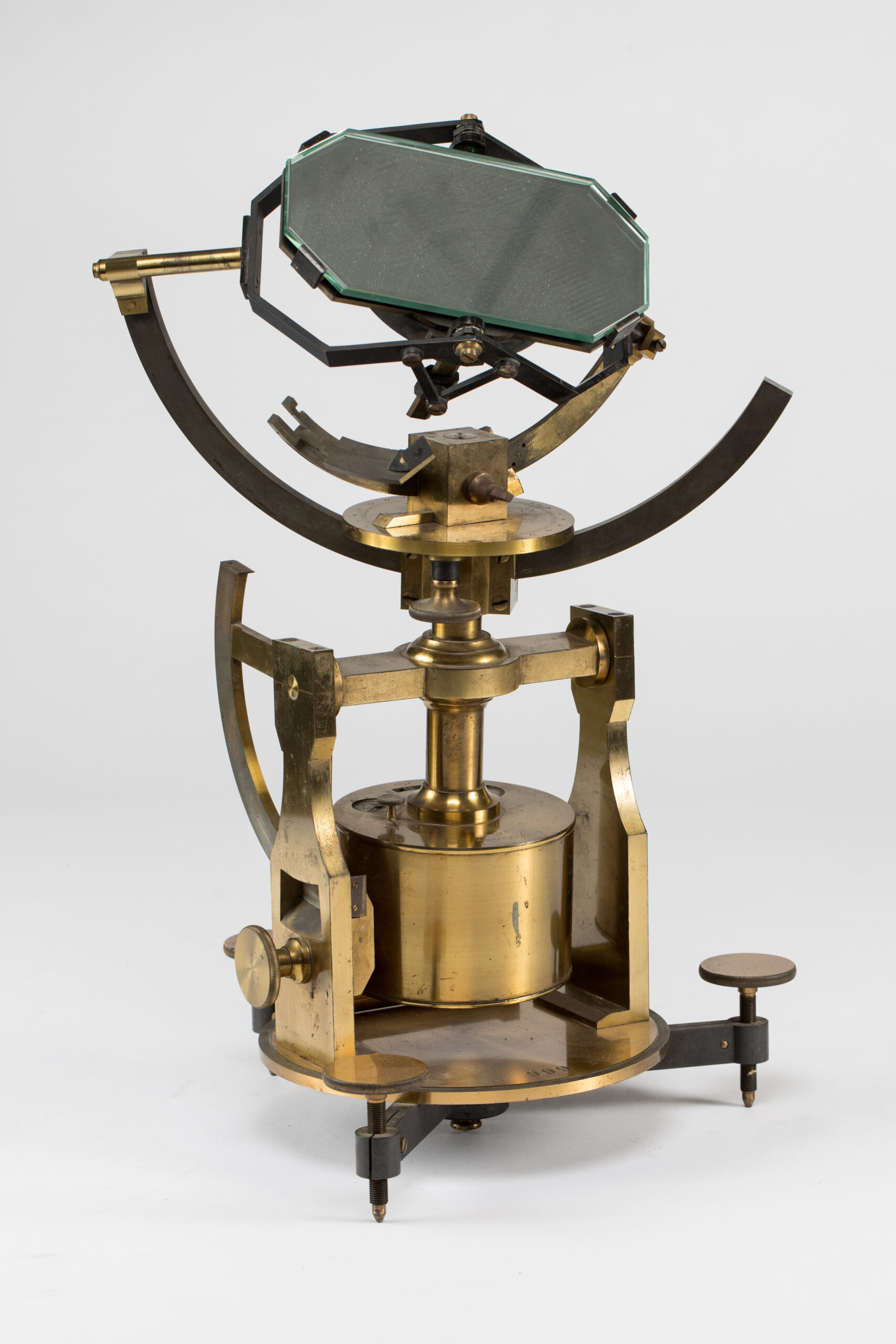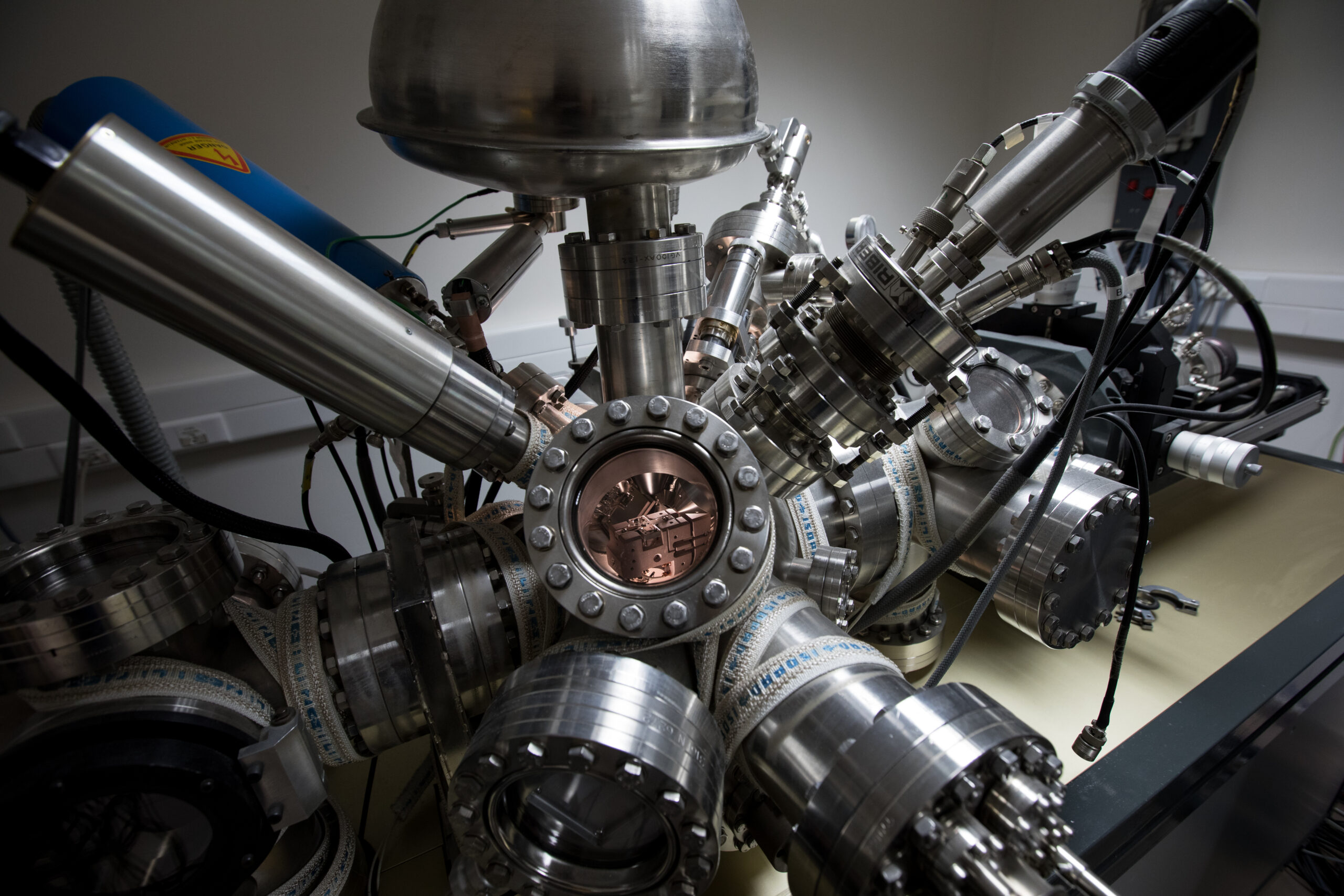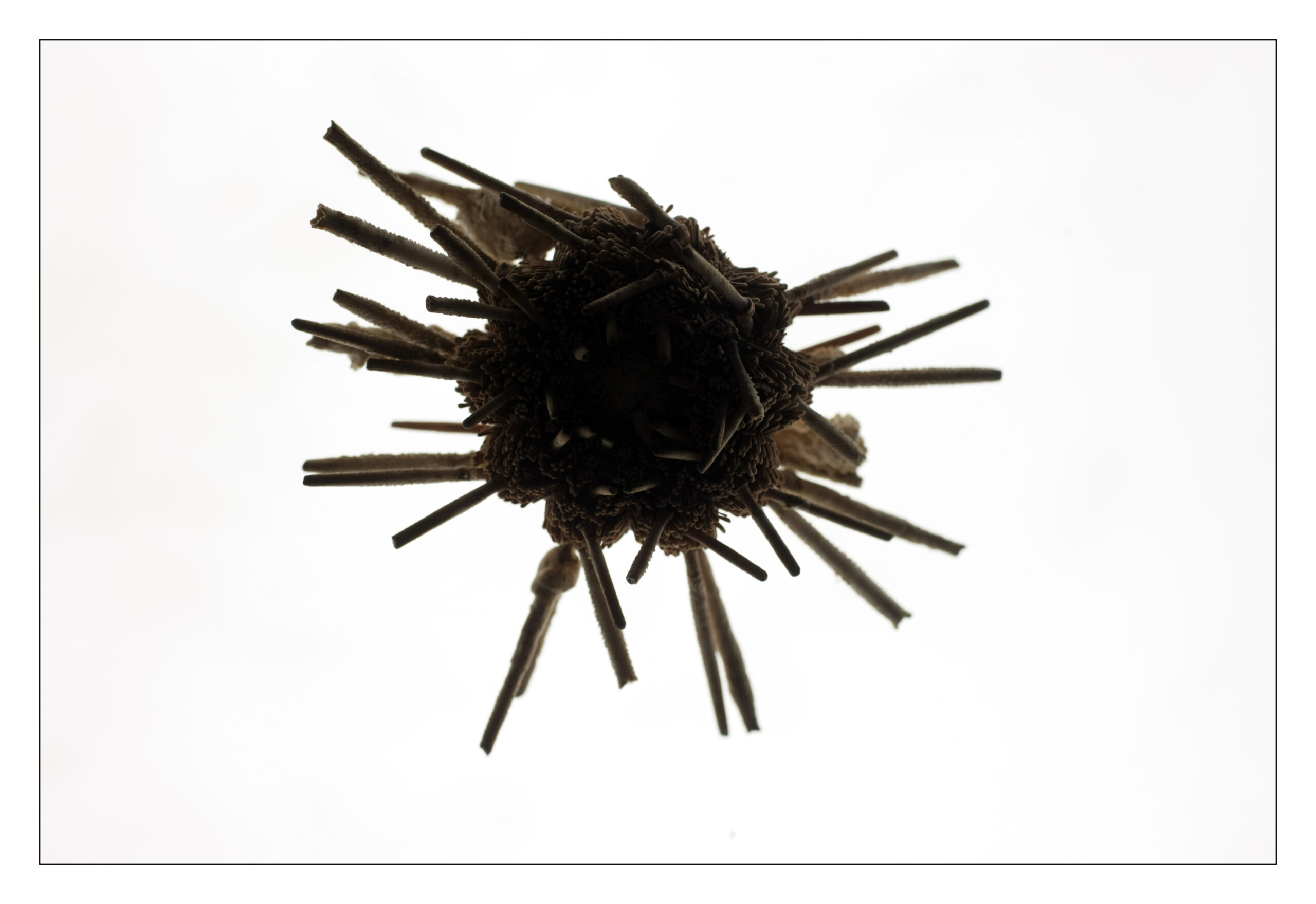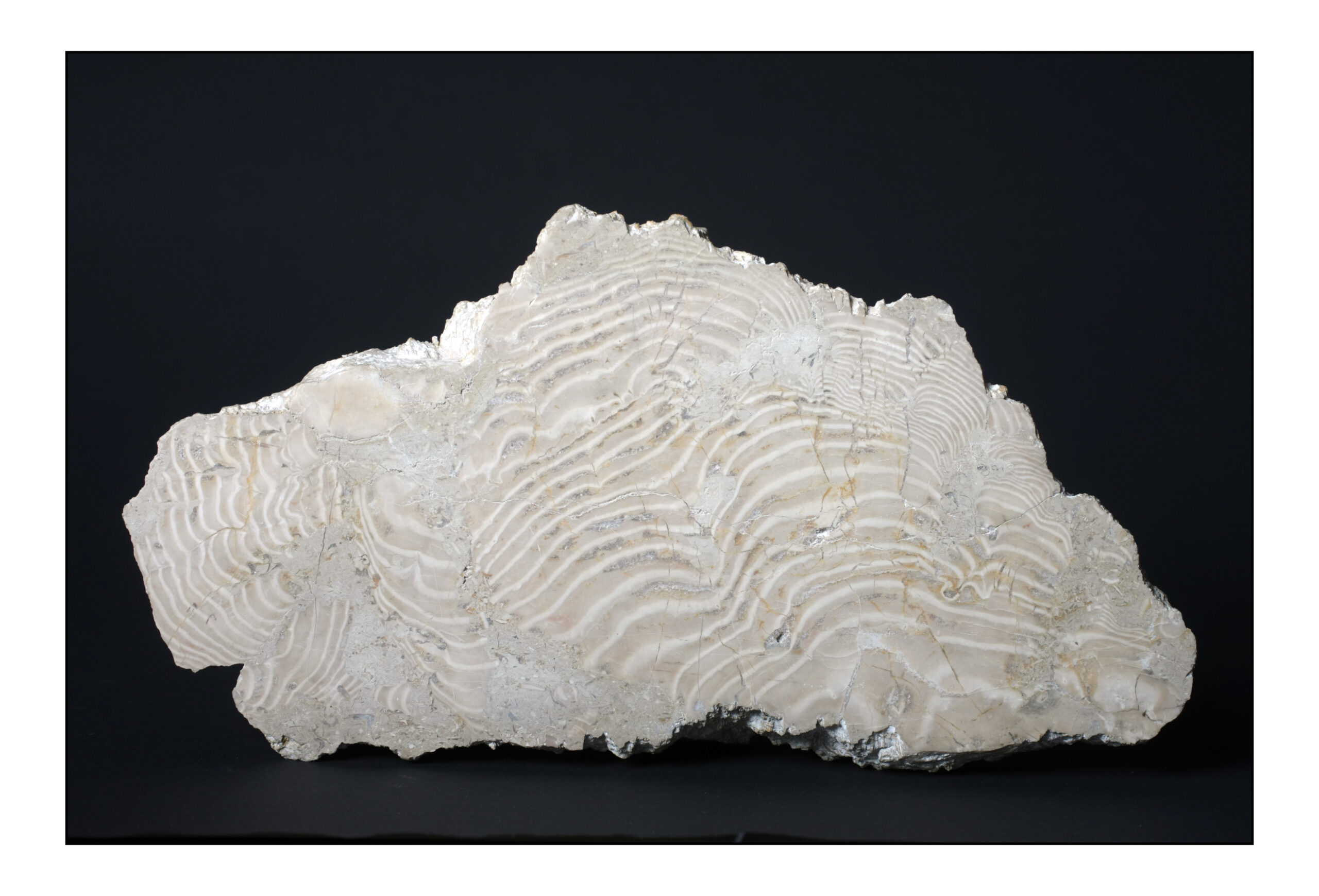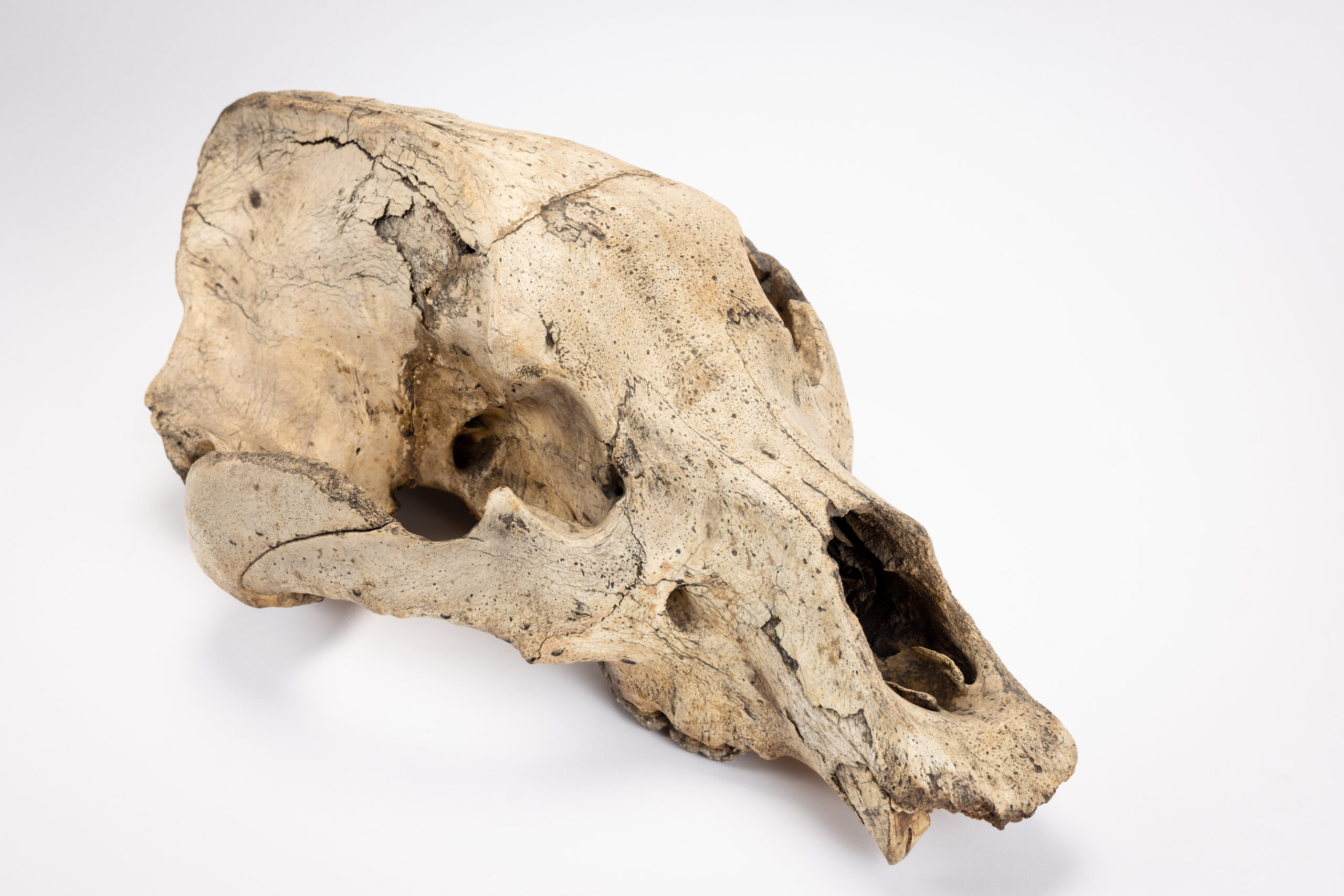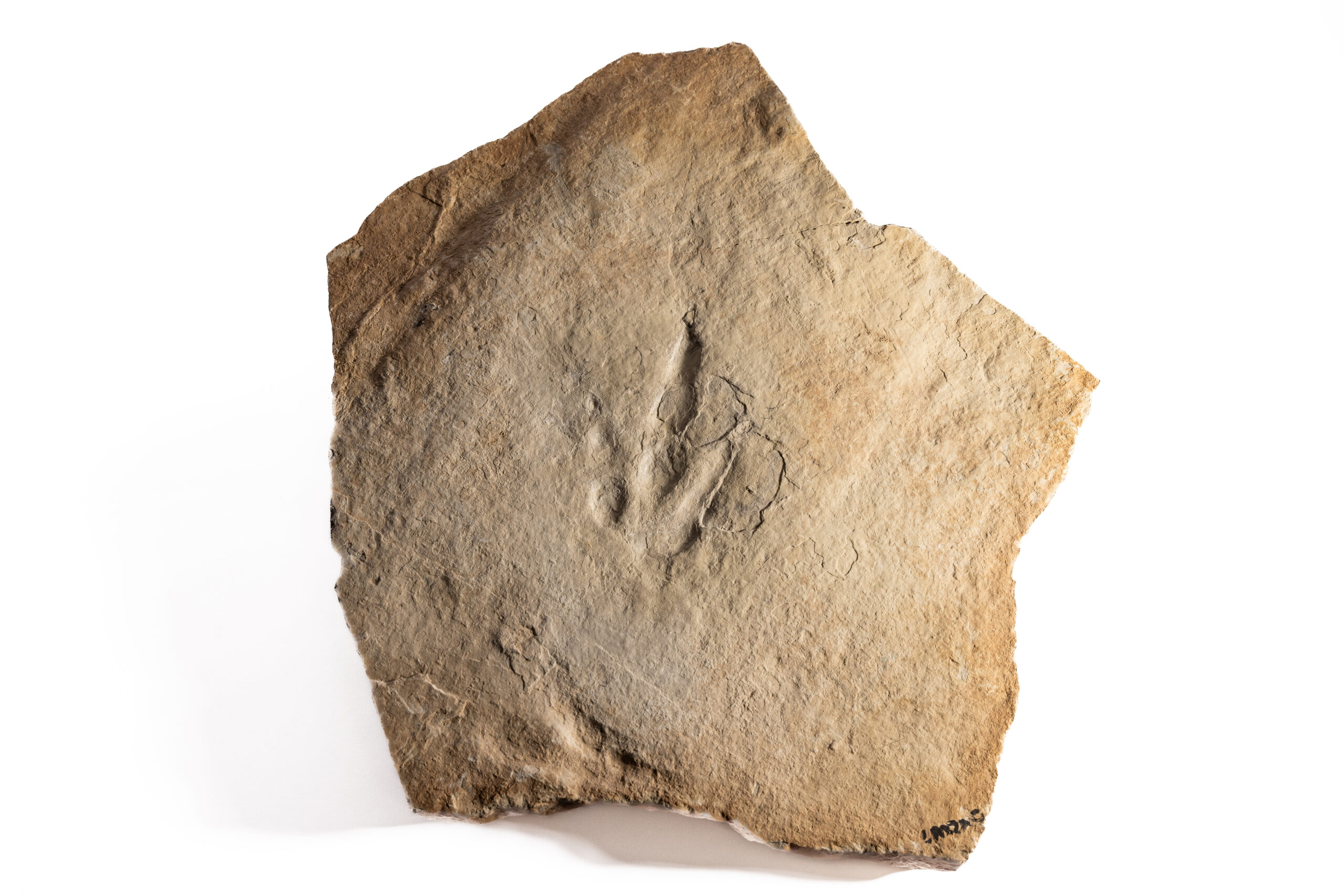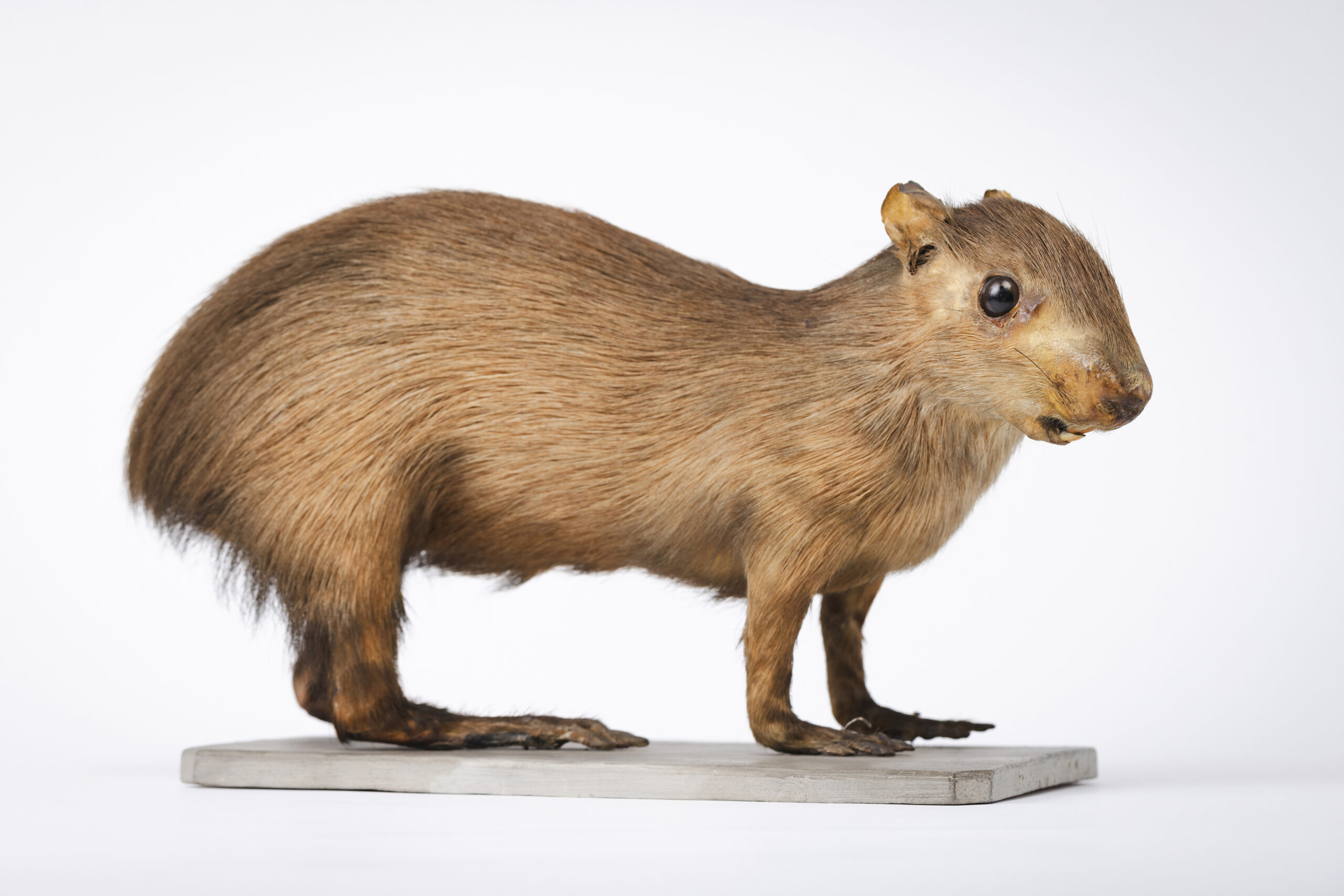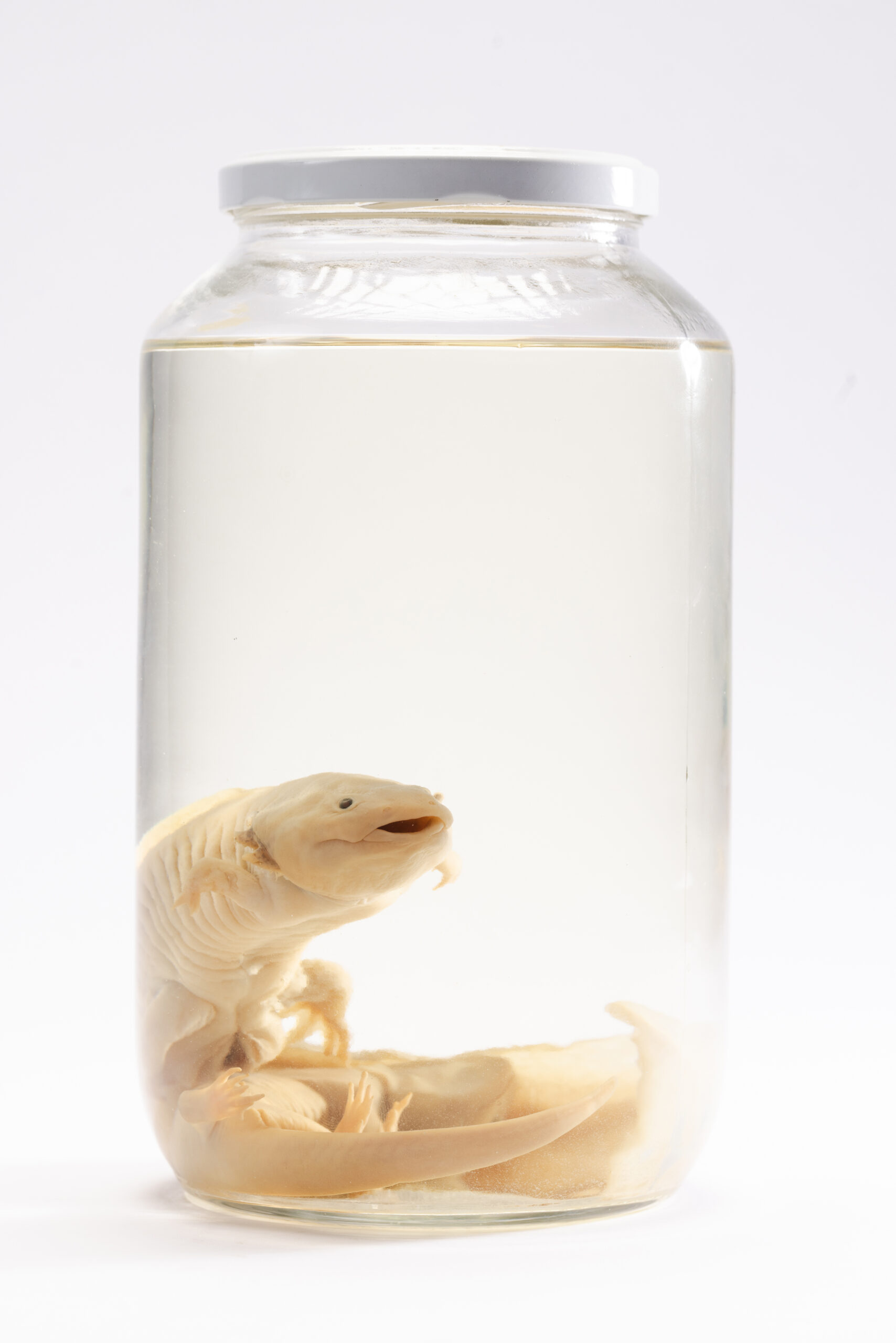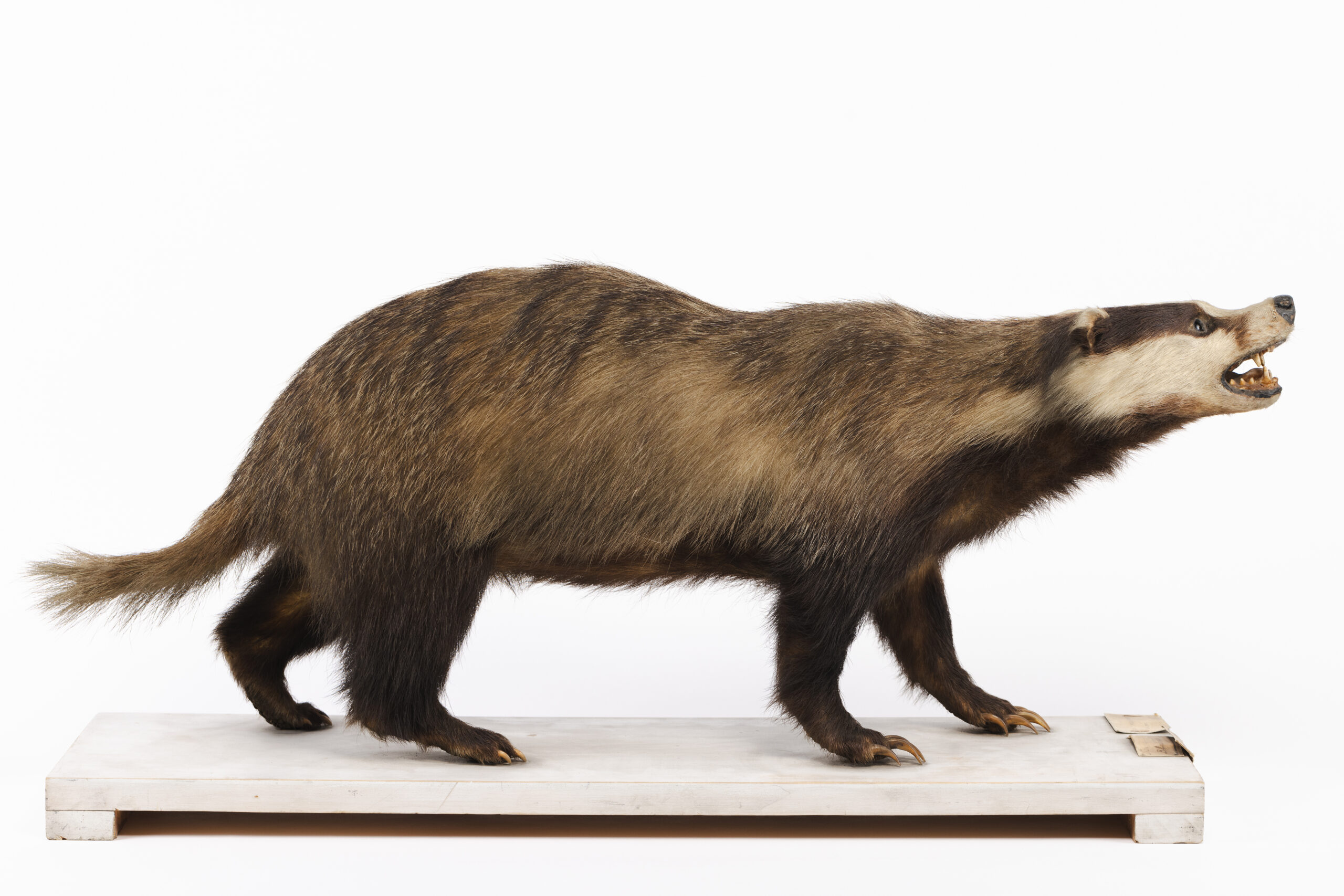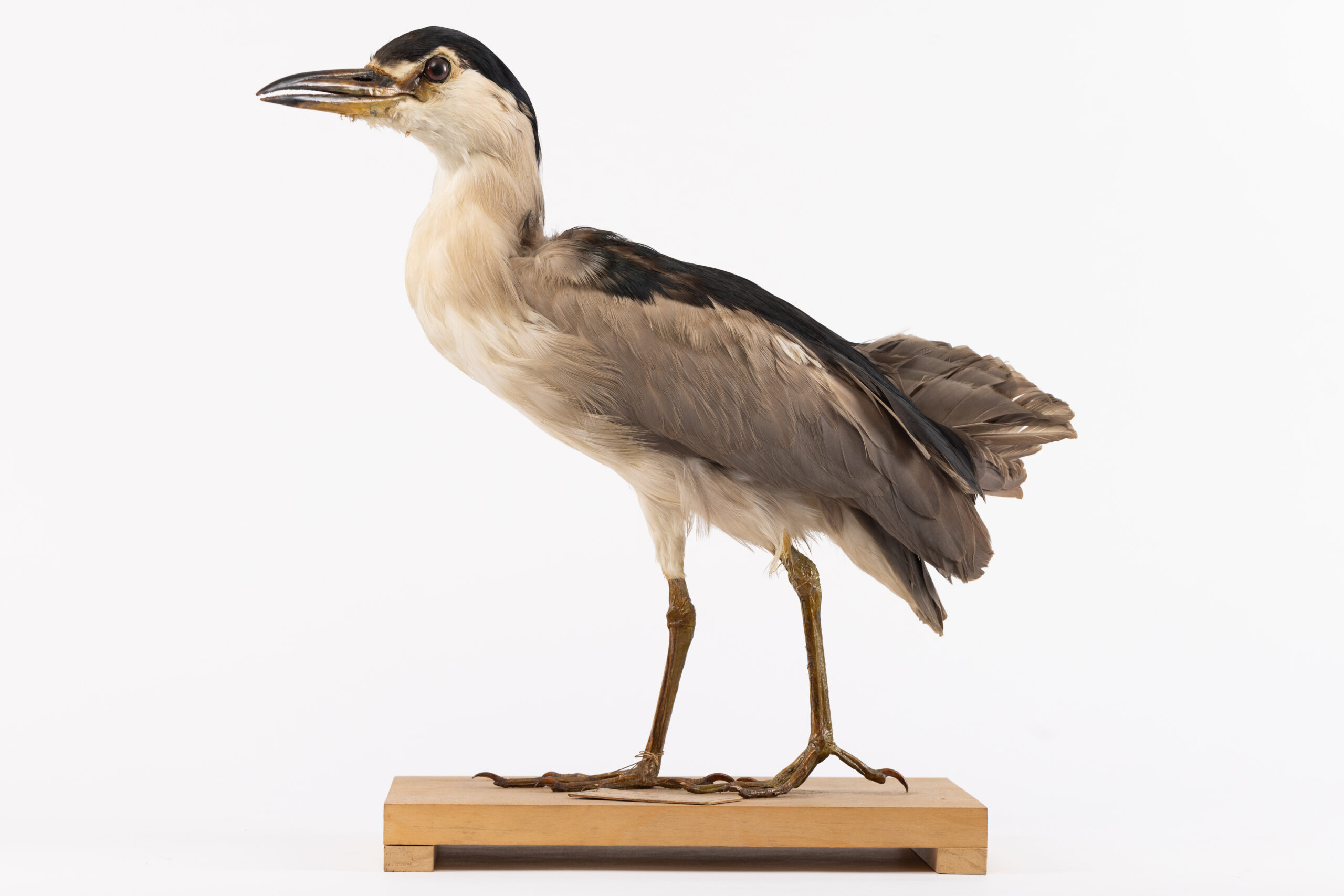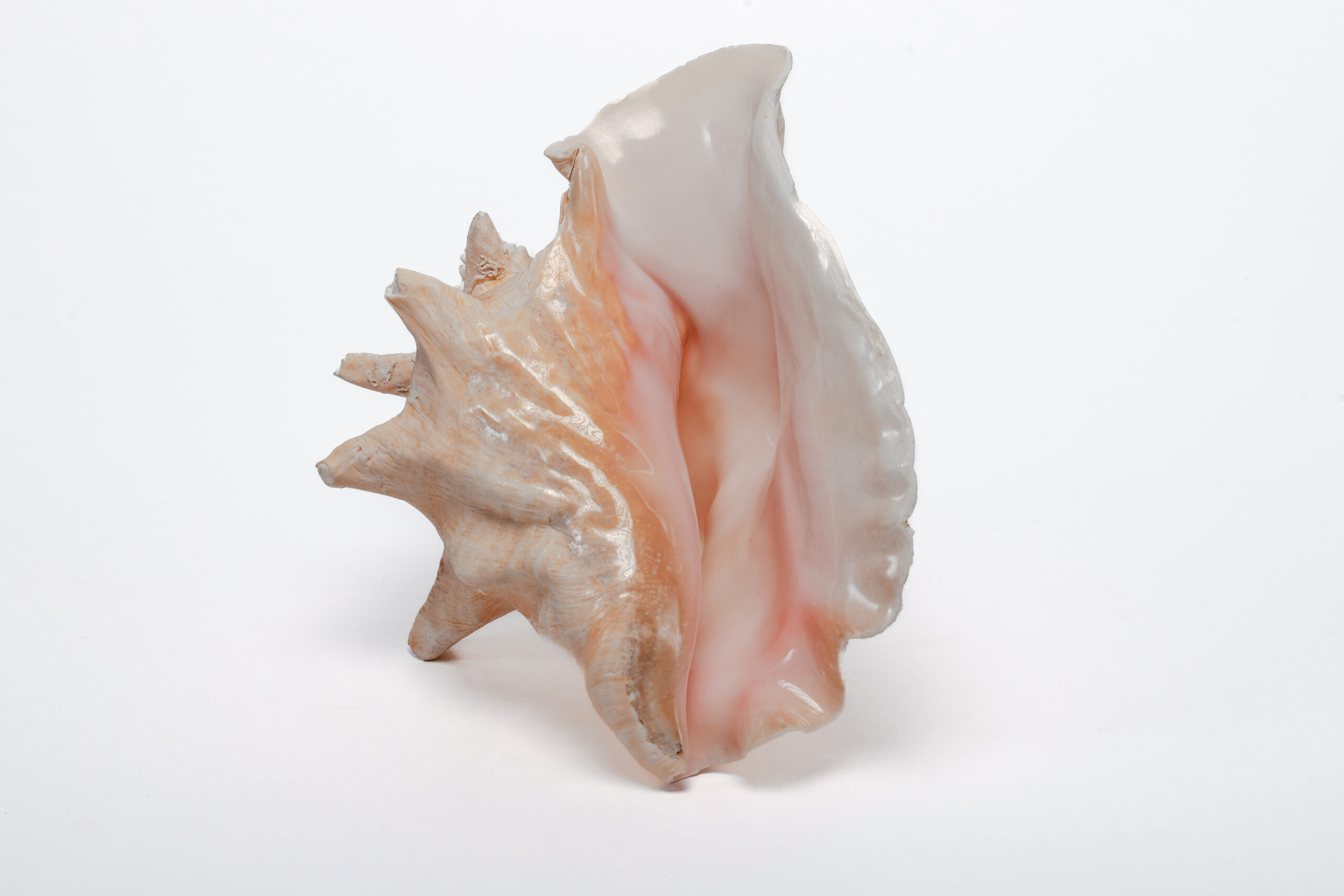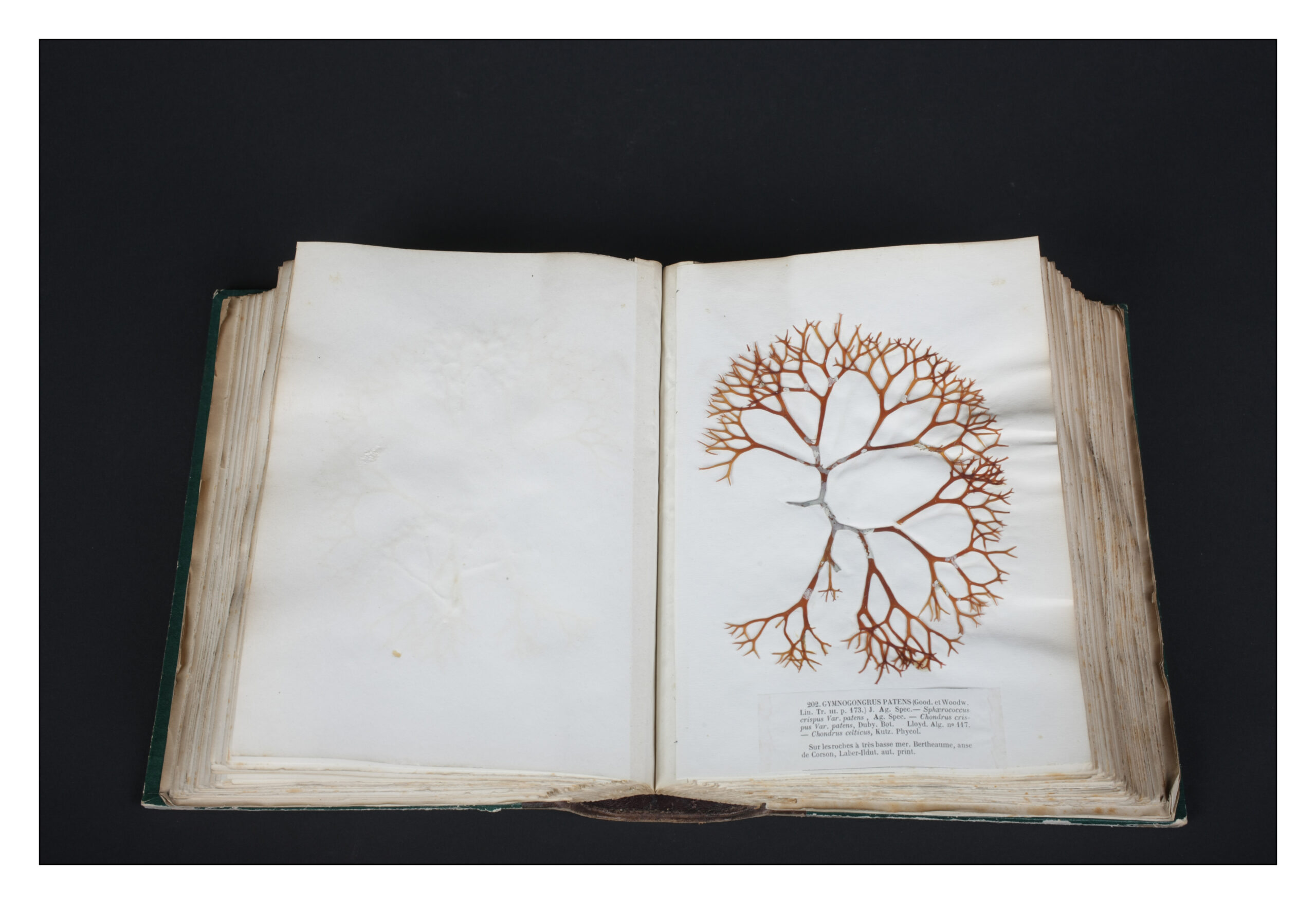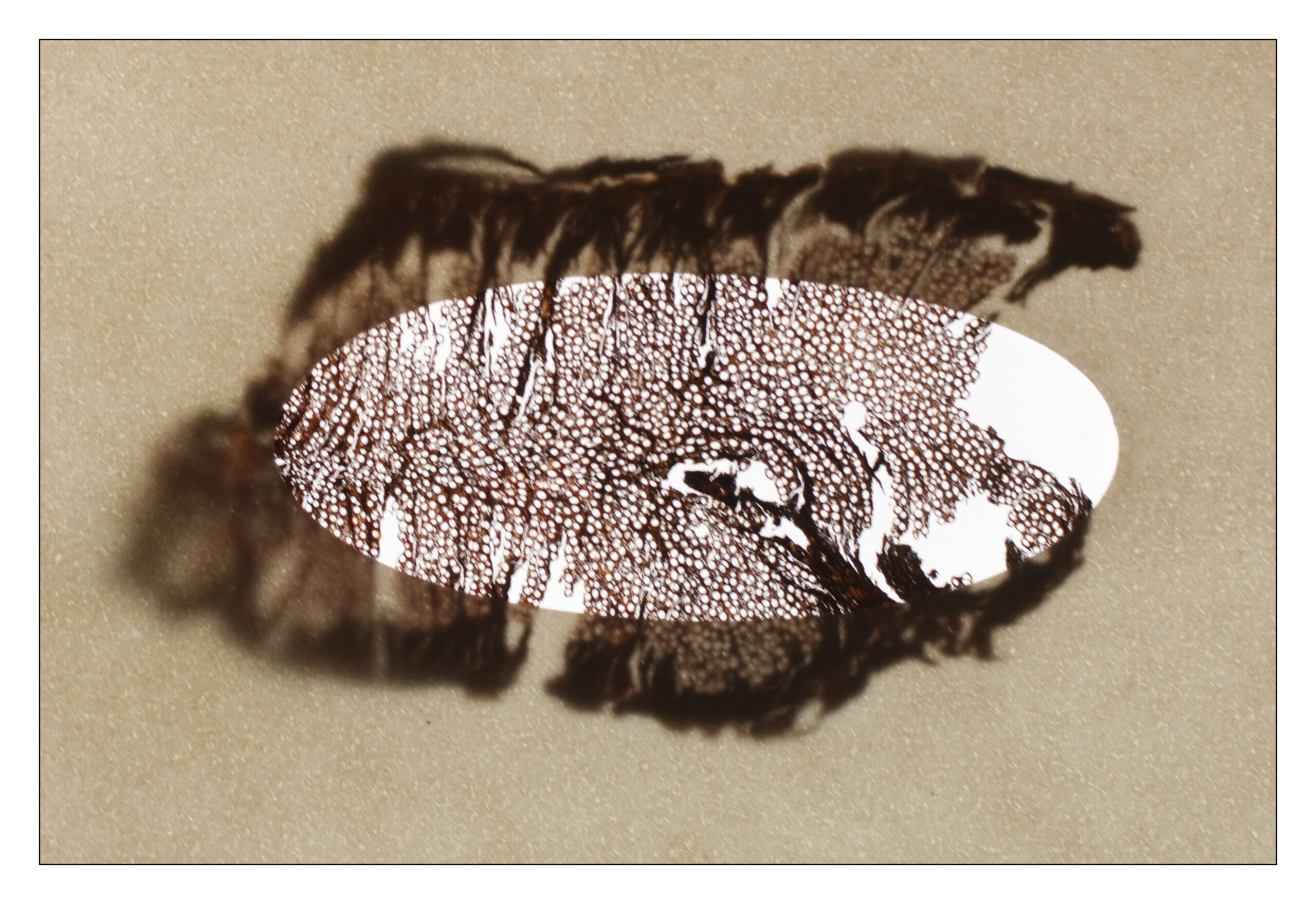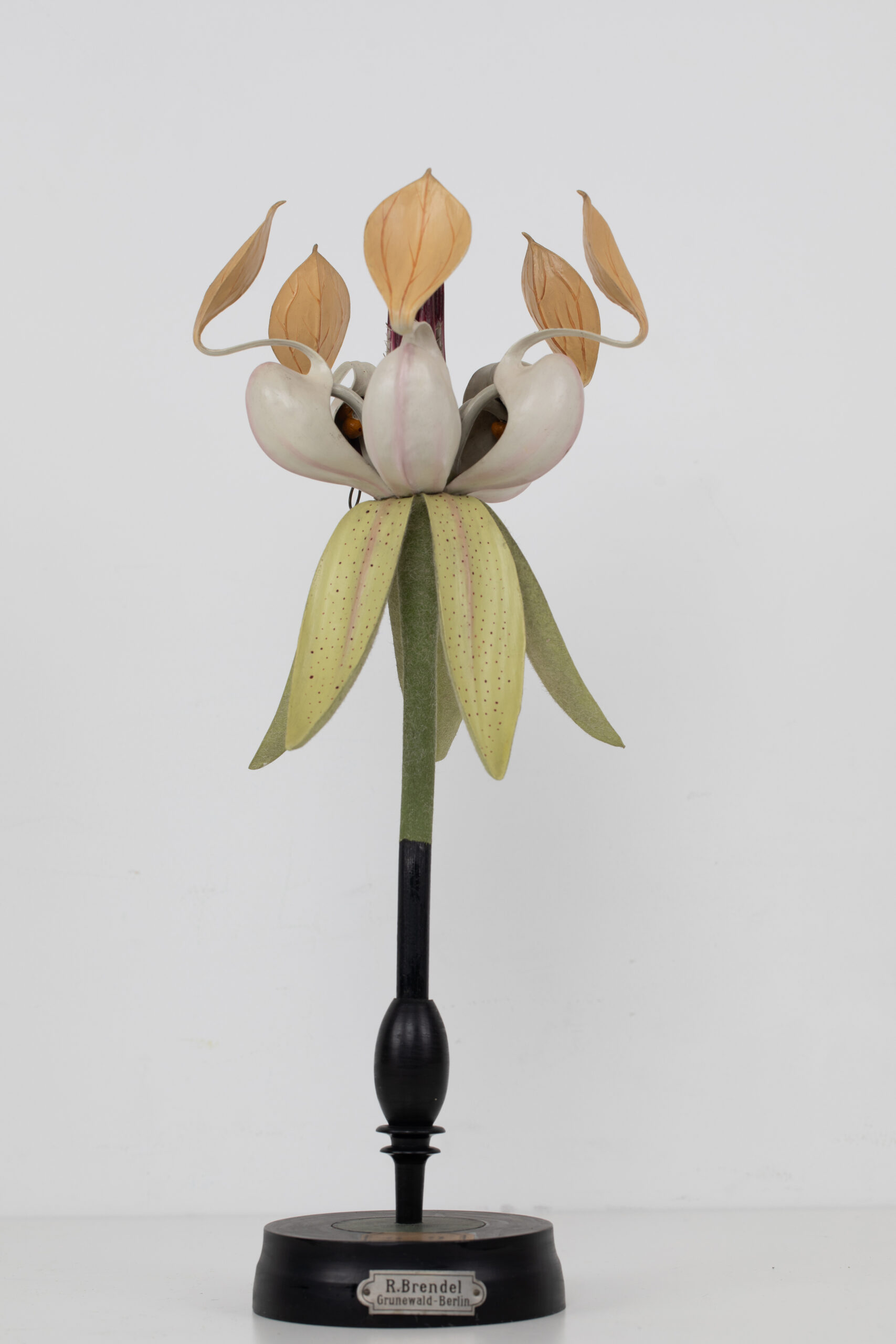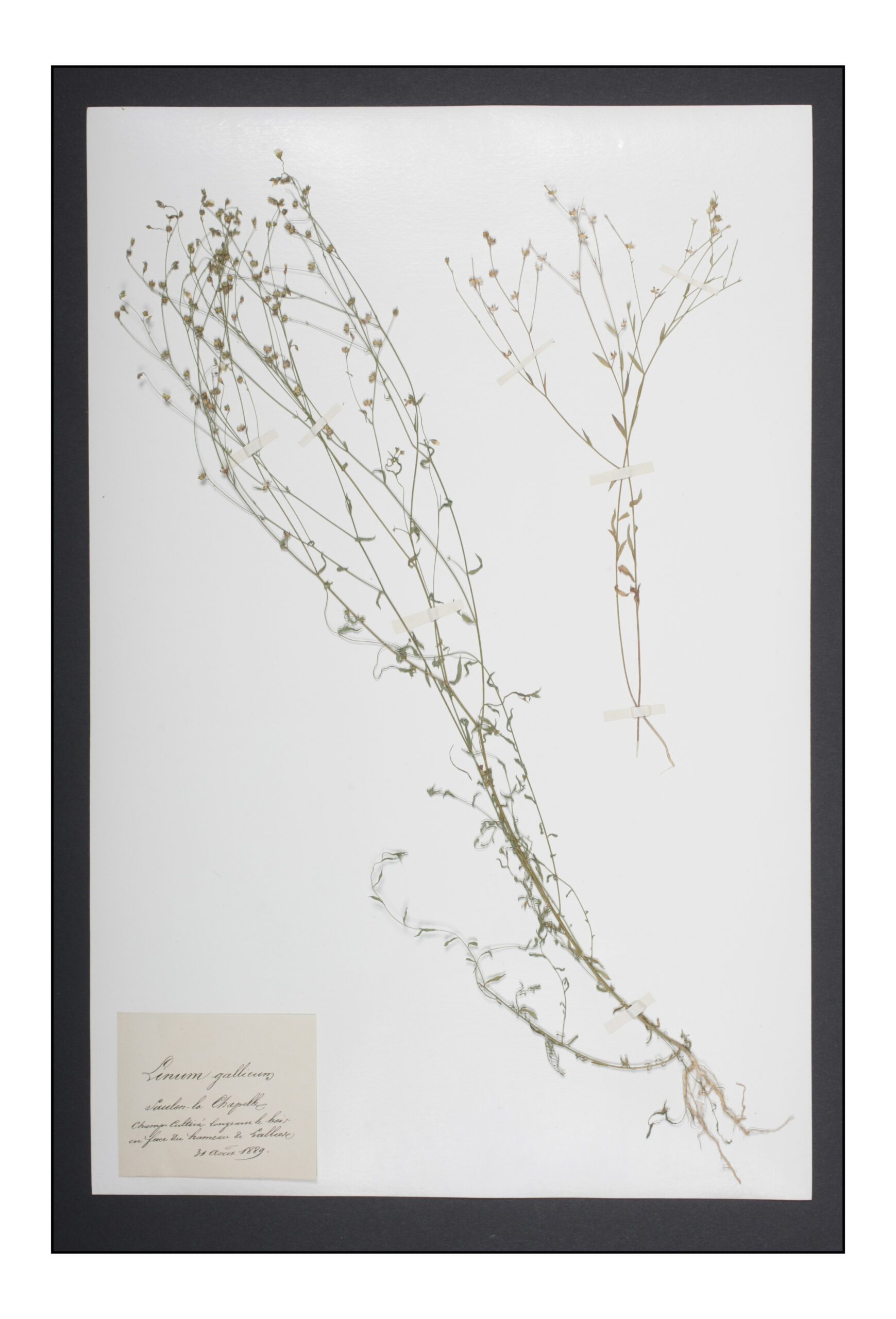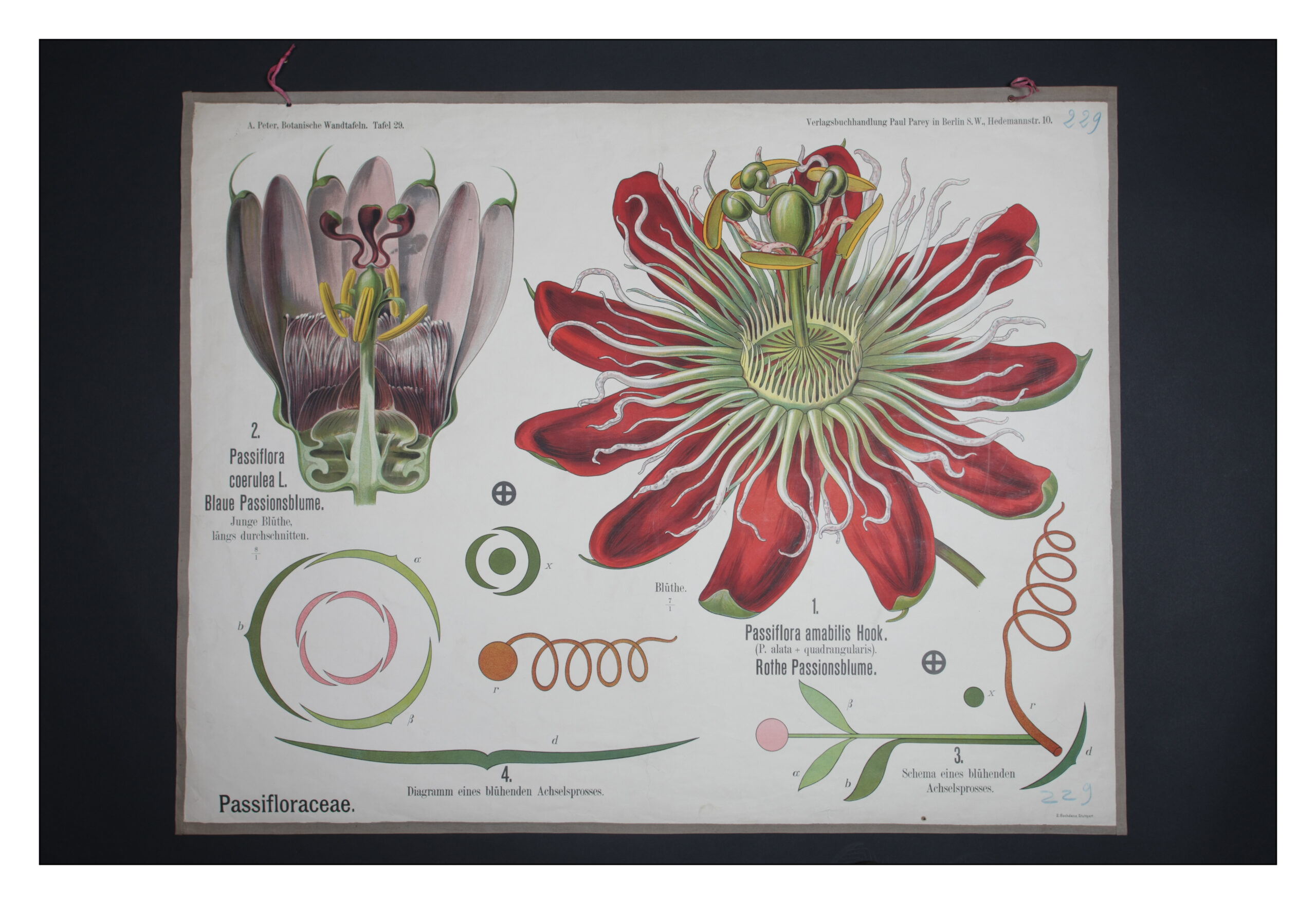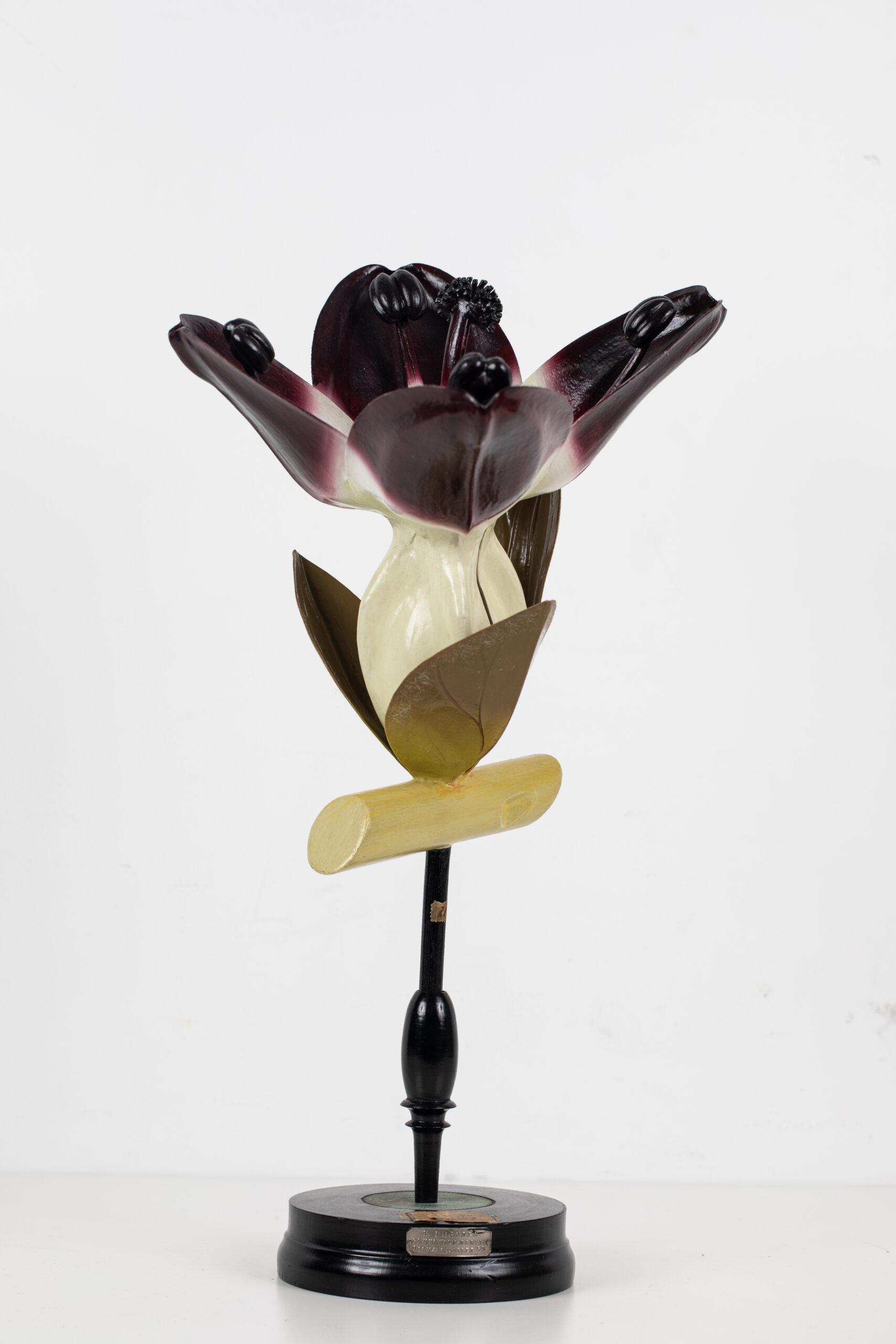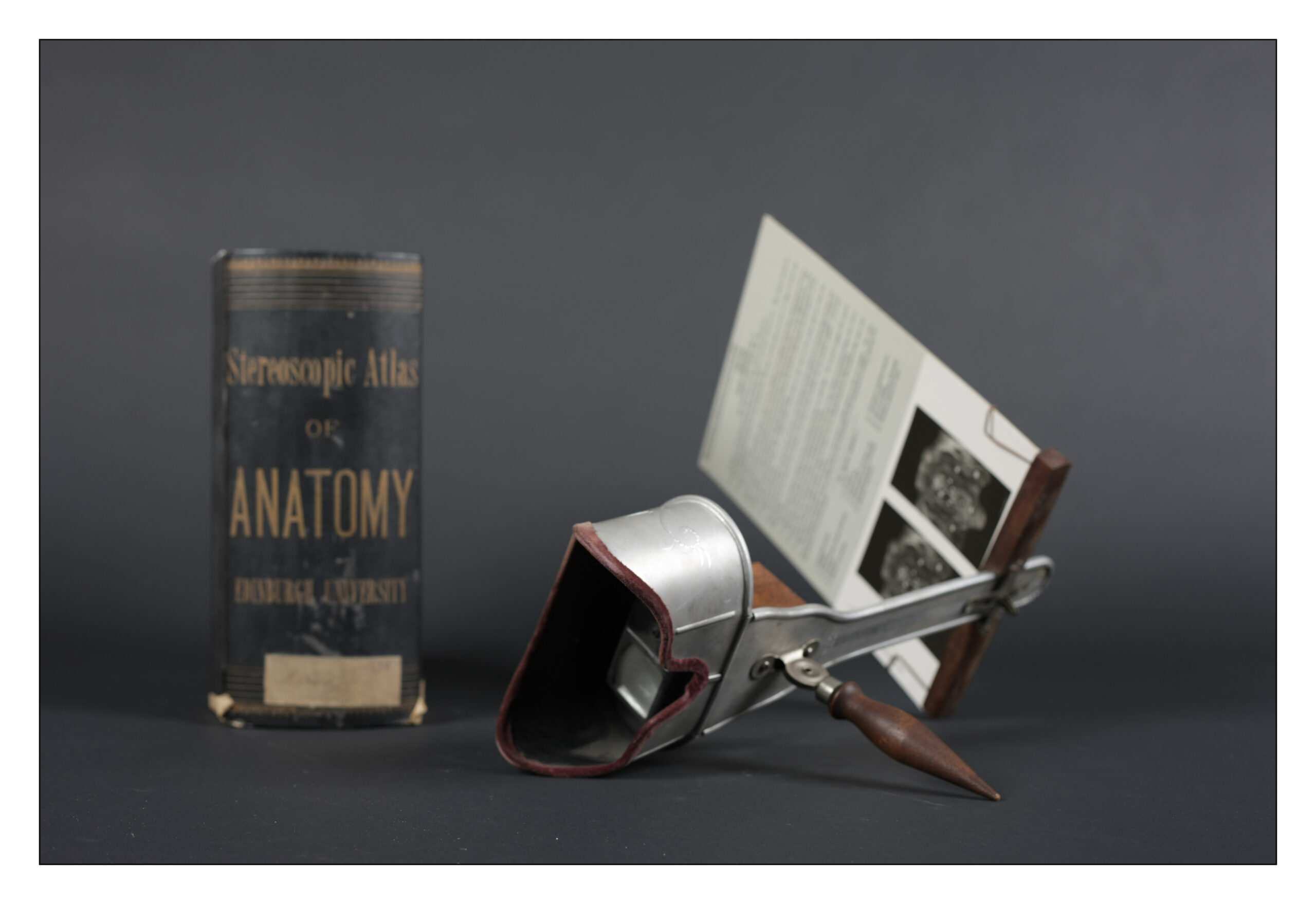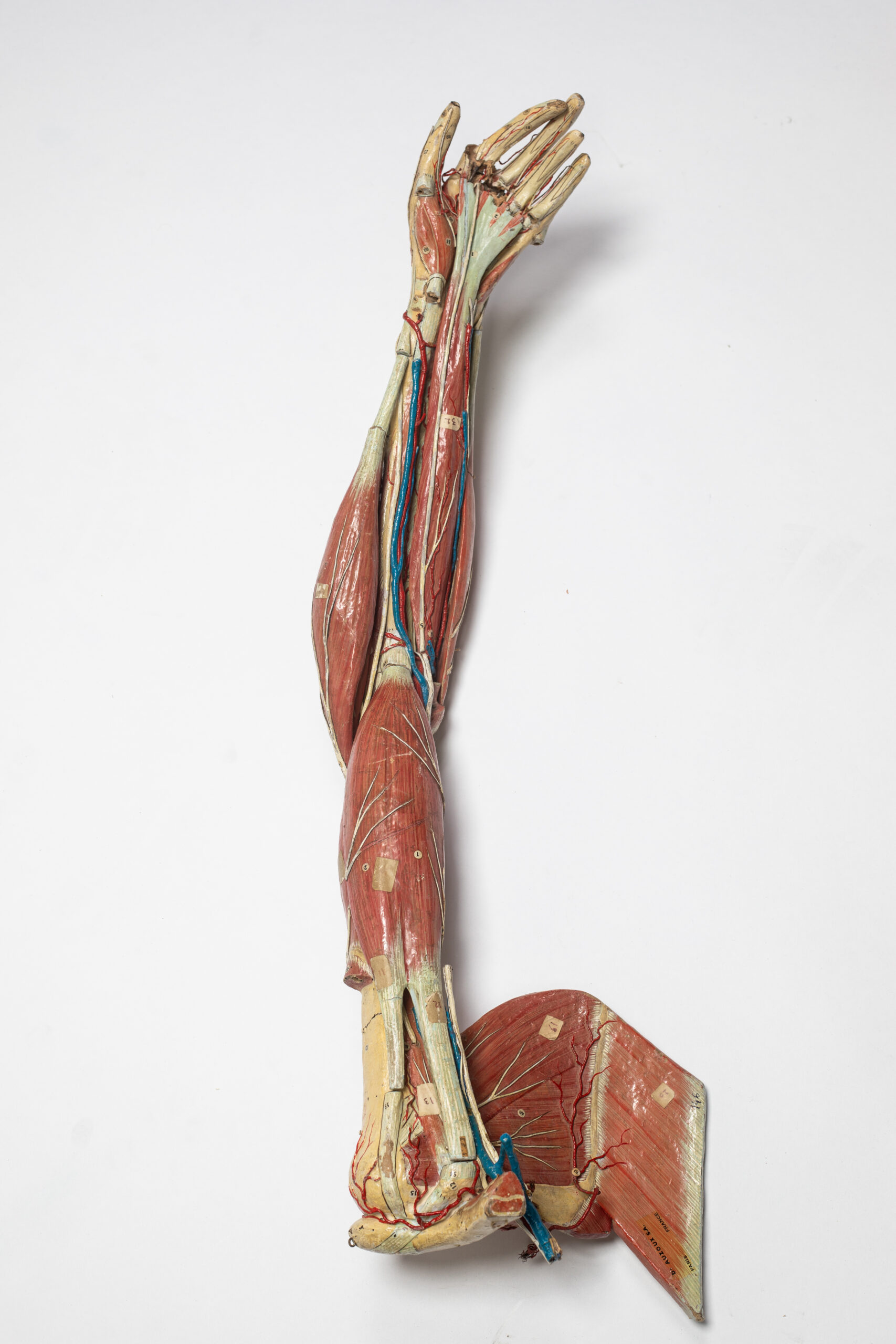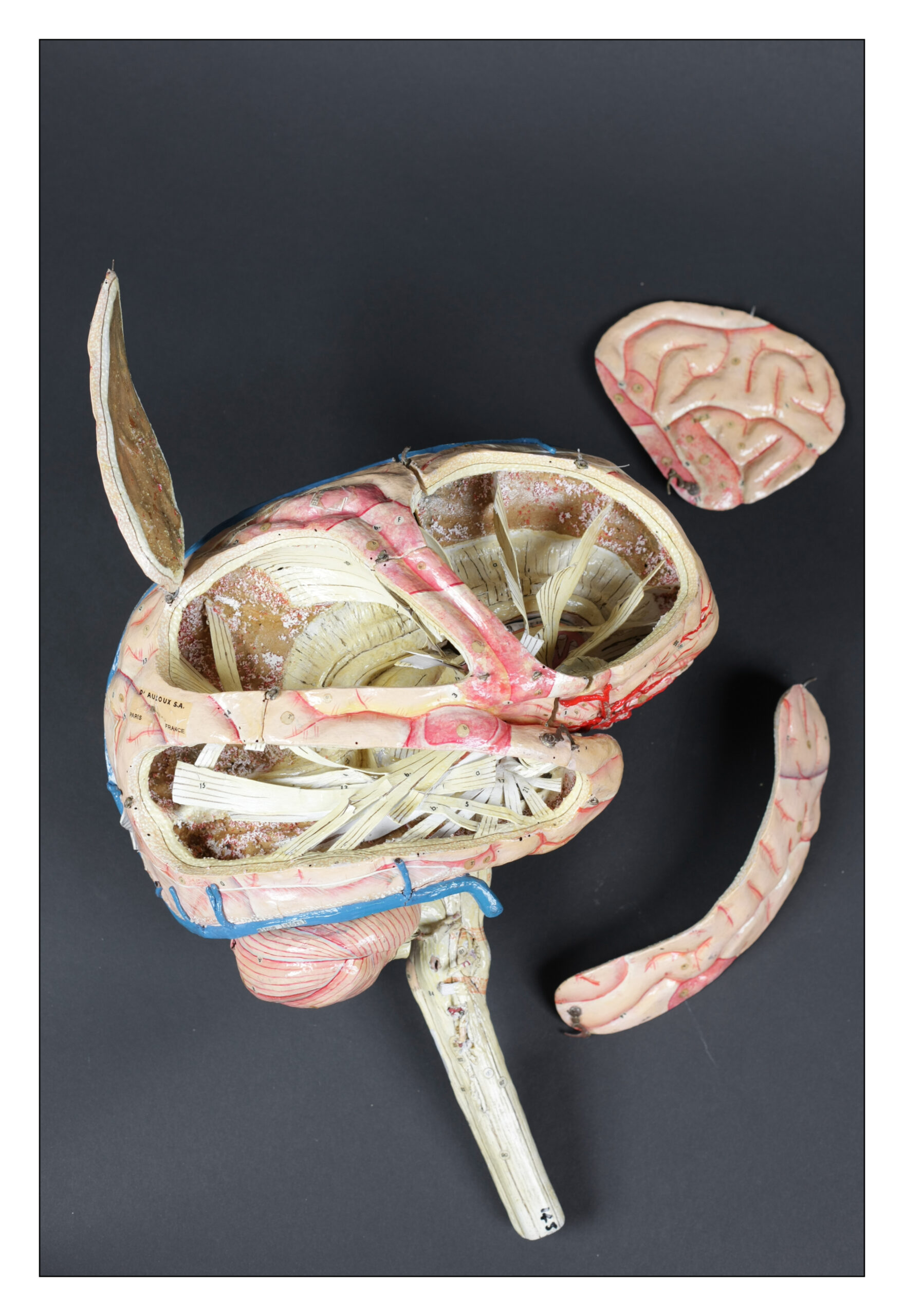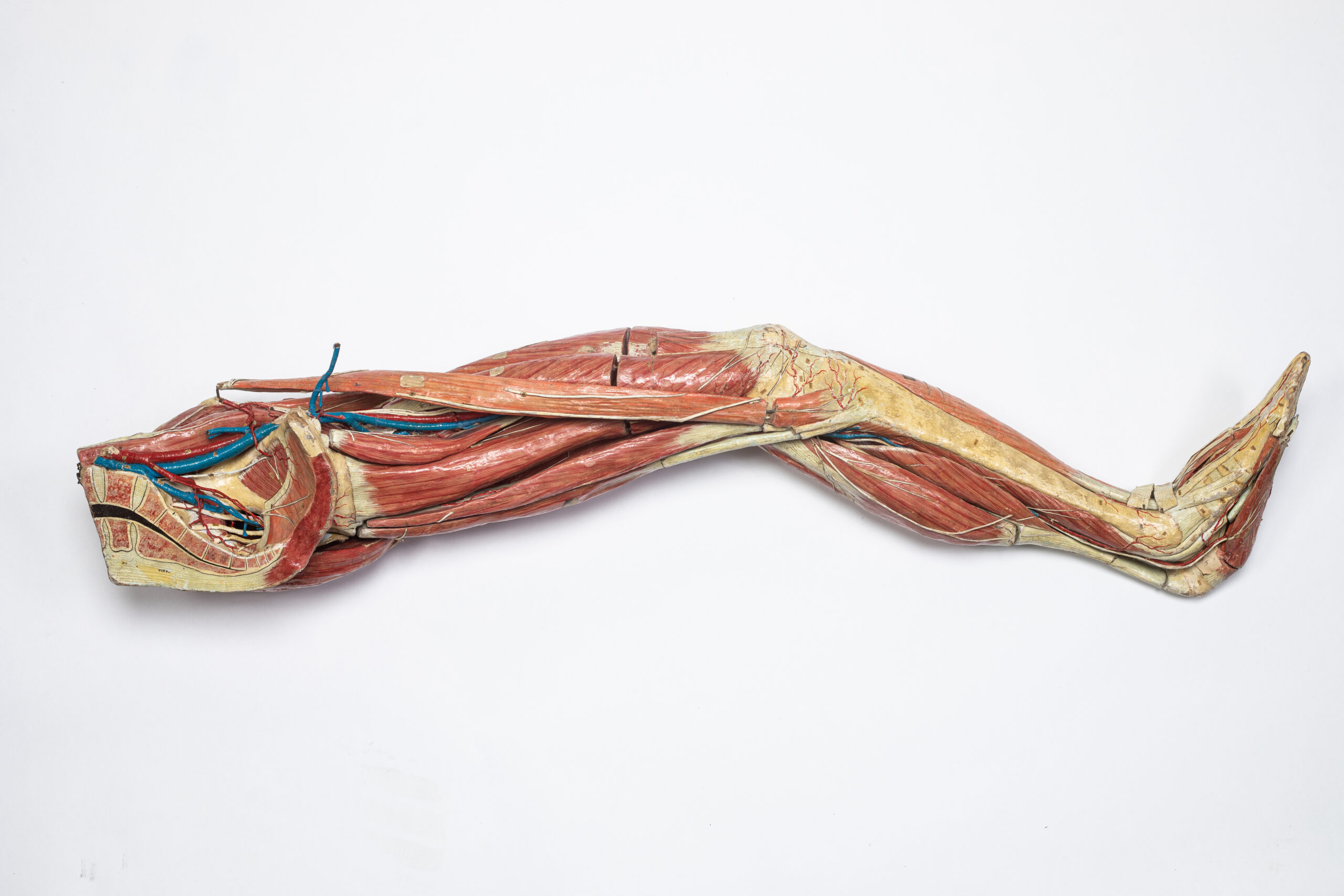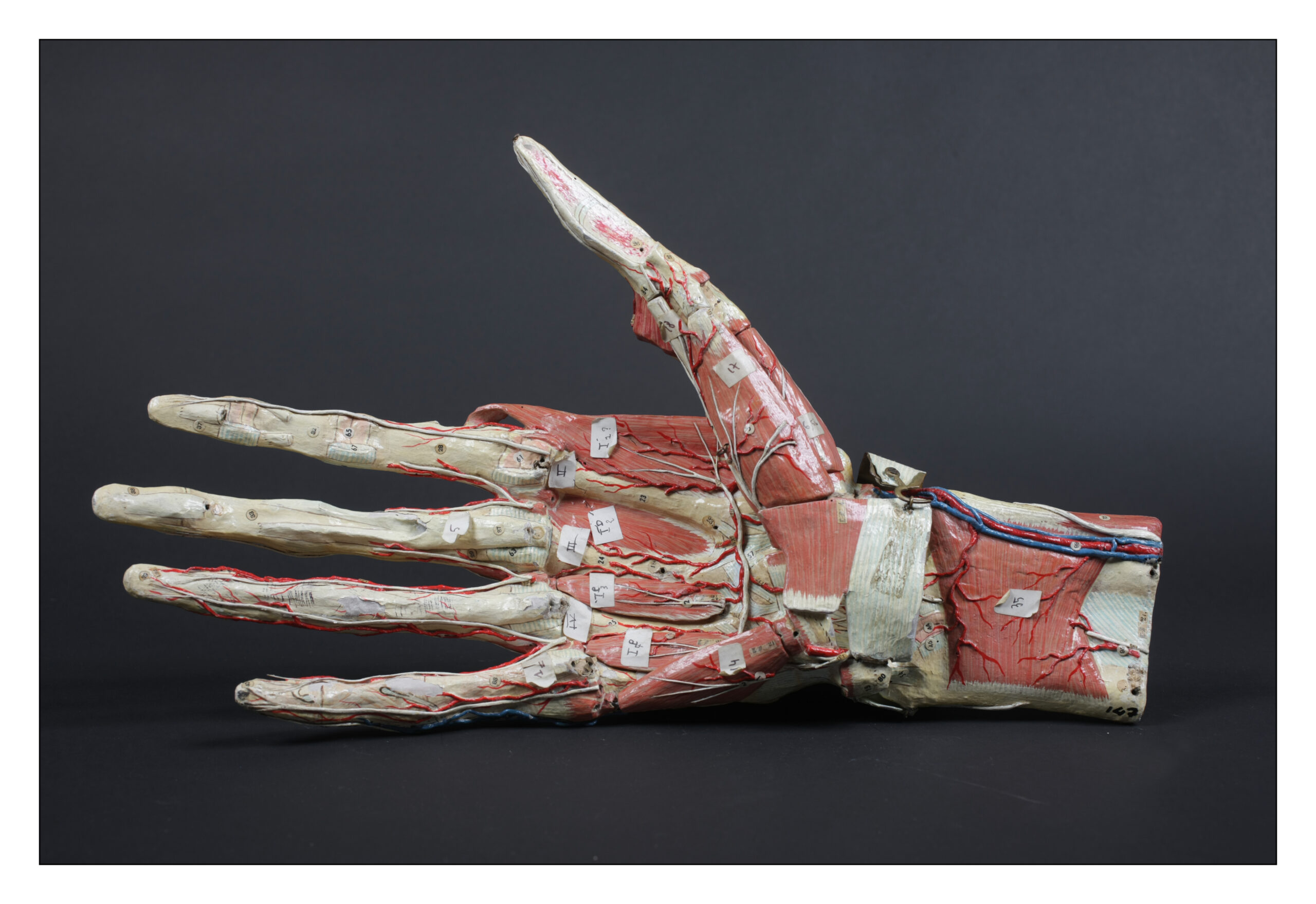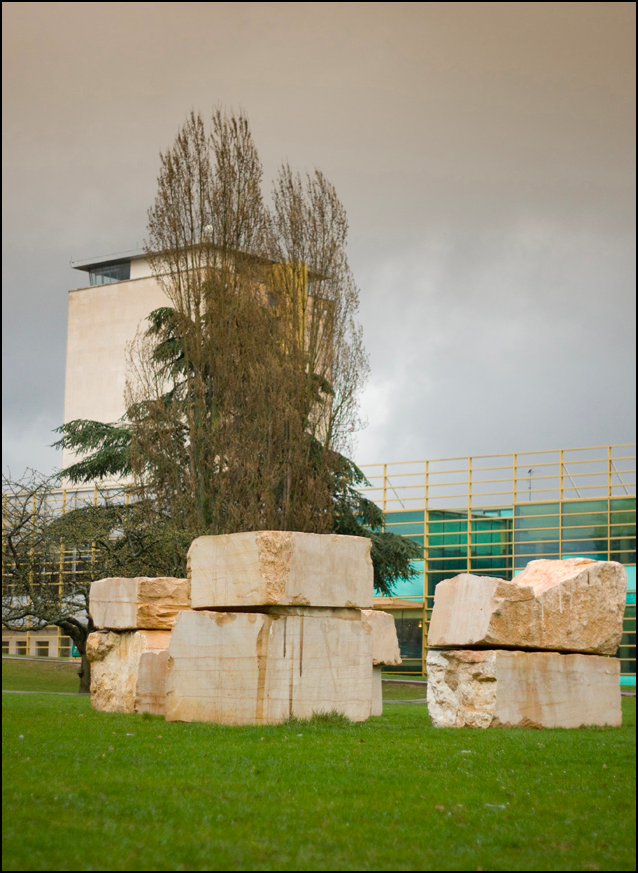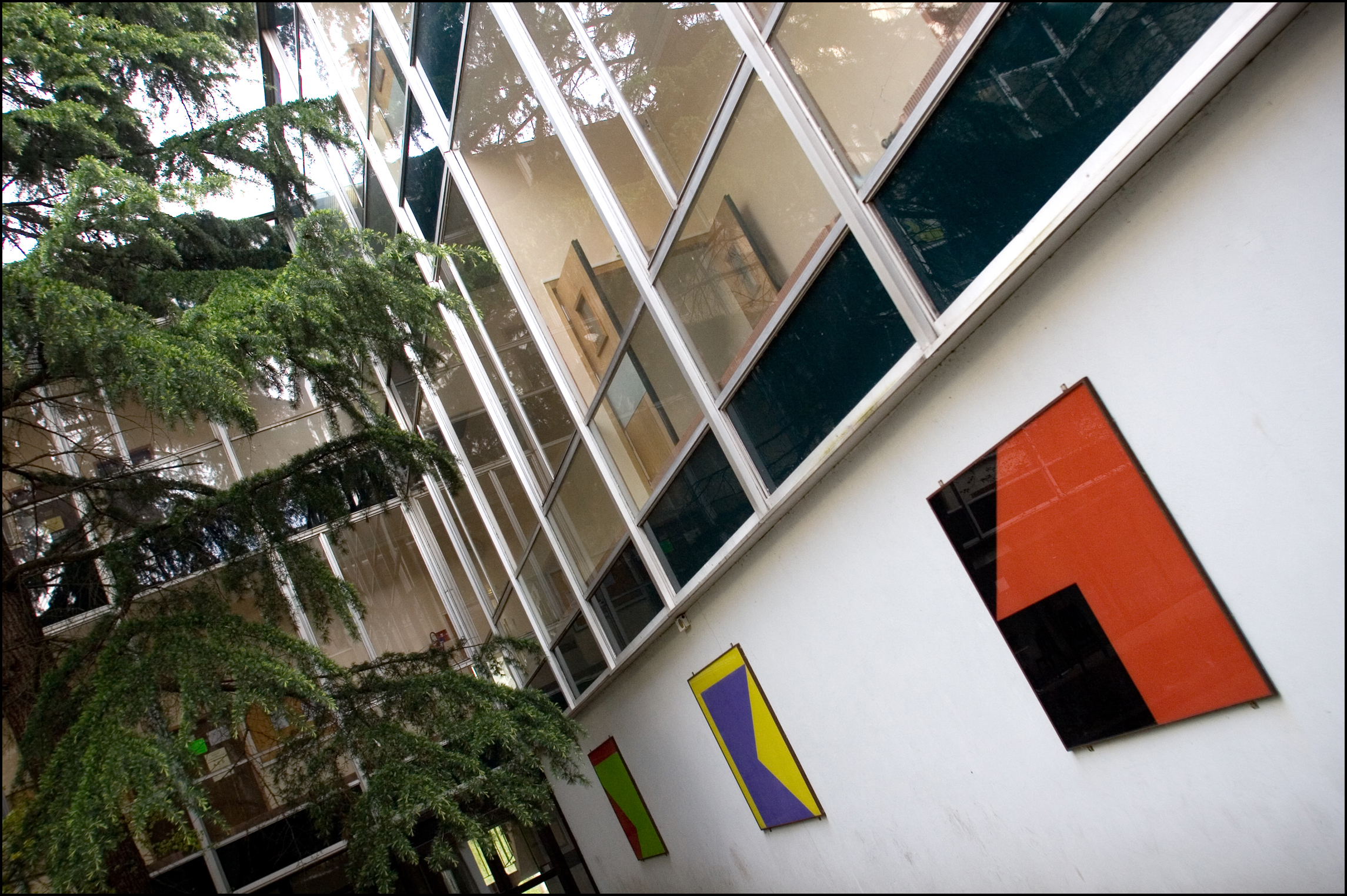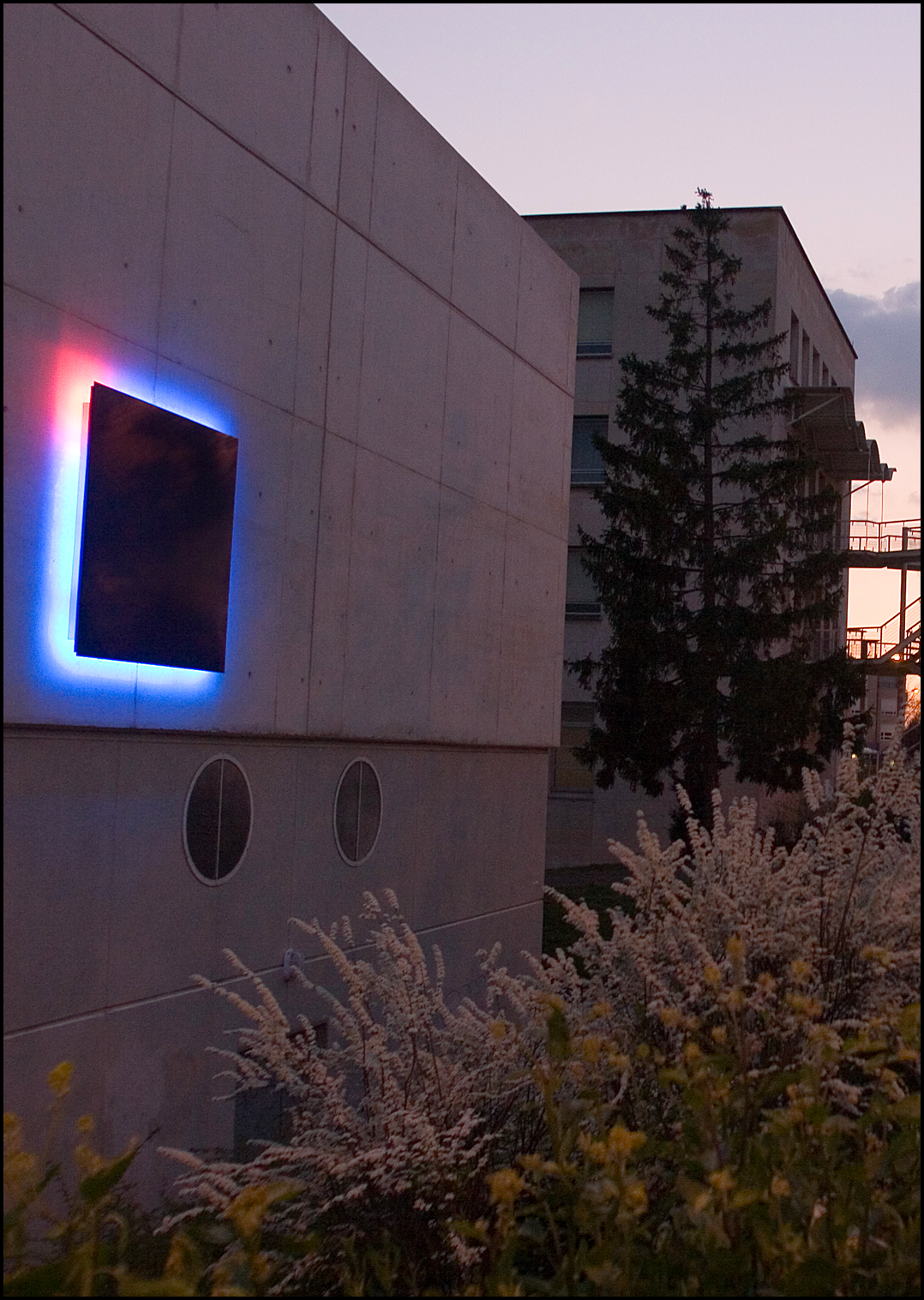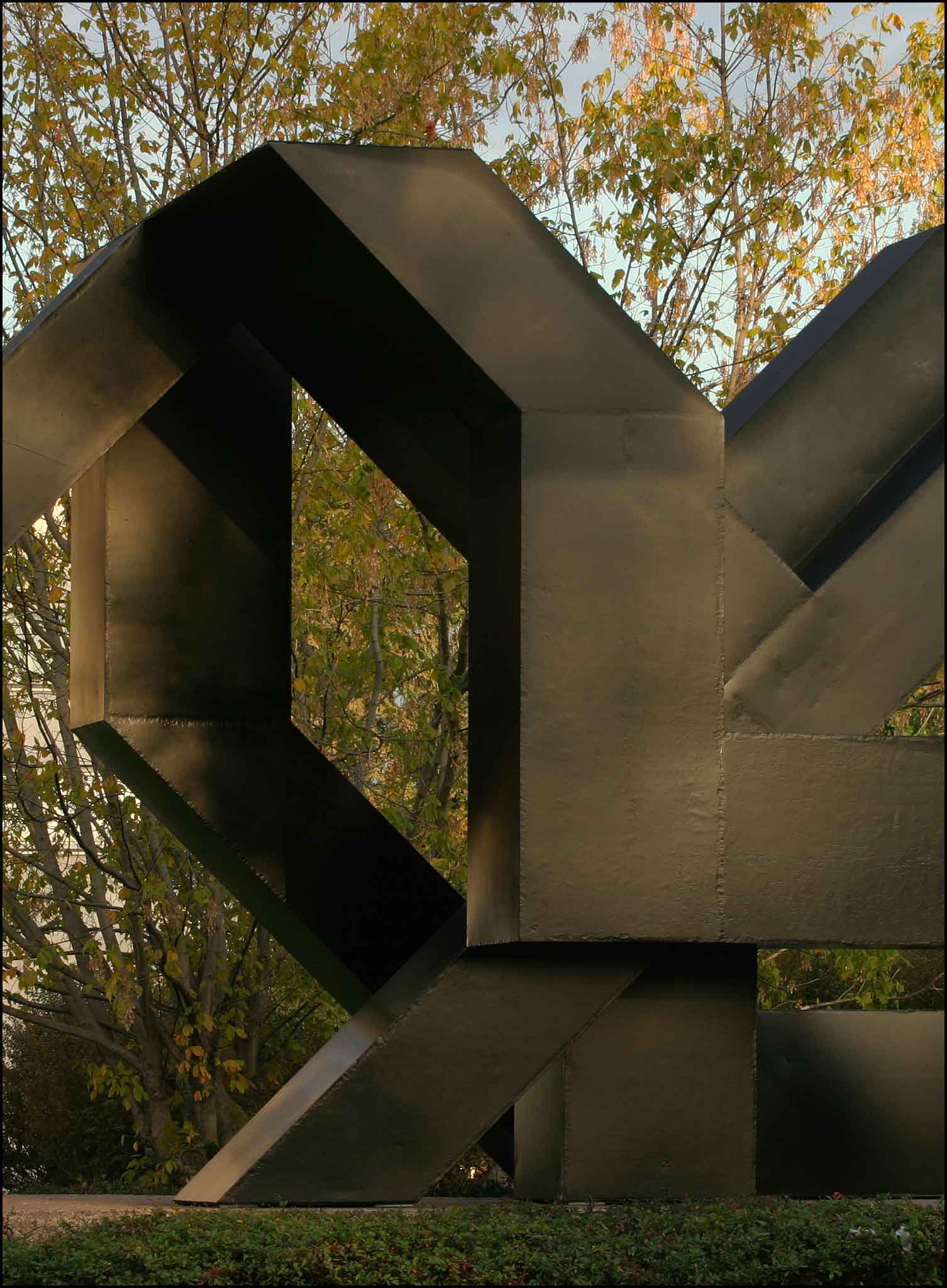Heritage Collections
Spécimens paléontologiques ou zoologiques, modèles anatomiques, planches pédagogiques, herbiers, instruments et manuscrits anciens… Les collections scientifiques de l’Université Bourgogne Europe sont riches et variées. Ces objets racontent l’histoire de l’enseignement et de la recherche. Ils sont également, pour certains, des outils pour la recherche contemporaine. Ces collections font régulièrement l’objet d’expositions ou de prêts à travers la France. Le public peut également les découvrir in situ lors d’événements comme les Journées Européennes du Patrimoine, les expositions du mois art-science ou la Fête de la Science…
COLLECTIONS
Scientific instruments :
The Université Bourgogne Europe protects and promotes the scientific and technical collections of Burgundy-Franche-Comté. These collections retrace the history of techniques and are irreplaceable witnesses to the evolution of science and knowledge in many fields, from physics and biology to medicine and oenology. Each object reflects the innovation of yesterday and today.
The university is a member of the PATSTEC network (PATrimoine Scientifique et TEchnique Contemporain), run by the Musée National des Arts et Métiers, whose mission is to inventory and promote contemporary scientific and technical heritage. The aim is to preserve instruments dating from the 1950s to the present day, especially prototypes, found in laboratories around the country.
Discover the history of the university’s scientific collections through the testimonies of two key players in their preservation: Michel Pauty and Michel Jannin, in the “En vibration” web series by Elodie Perret.
Paleontology and geology
The Université Bourgogne Europe conserves over 950,000 paleontological specimens and 50,000 geological specimens. Ranked third in the nation behind the Muséum National d’Histoire Naturelle and the University of Lyon, UBE’s collections represent a significant part of the national geological heritage.
Accessible to all the university’s laboratories, as well as to public and private, national and international organizations, these collections have been built up gradually since the early 19th century through research and teaching.
Zoology :
The zoology collections include naturalized animals, fluid specimens, shells, insect boxes and osteological specimens. There are also antique anatomical plates, which are veritable works of art. These specimens, purchased or collected by teachers over the years, are important teaching aids and are sometimes used in current research work.
Botany :
The university’s collections include a large number of teaching aids, both French and German. These include more than 170 models of flowers by the 19th-century manufacturer Brendel, listed as historic monuments, three volumes of Algues Marines du Finistère by the Crouan brothers (1852) and twelve bound volumes of wood species by Hermann von Nördlinger, produced between 1852 and 1888. In addition, there are 320 illustrated botanical plates from nine different series, as well as several thousand herbarium plates.
Medicine :
In the heart of the Barry room, human anatomy is observed on different types of teaching models and surgical instruments, most of which date from the 19th century. These include the five-volume stereoscopic atlas, highly realistic anatomical wax models by Tramond, plaster models, dry dissections and resin inclusions. These models are complemented by a collection of papier-mâché pieces by Dr. Auzoux, a manufacturer of teaching aids, eight of which are listed as historic monuments. They are displayed in showcases alongside the papier-mâché models by Dr. Pierre Barry, a former professor at the university.
Works of art :
Since its creation in the 1950s, the modern Dijon campus has been adorned with monumental works of art and facade decorations. It is a veritable open-air museum, filled with works by artists whose names are internationally renowned in the world of contemporary art: Karel Appel, Arman, Yaacov Agam, Stephen Antonakos, to name a few. Other works, hidden away in the buildings, can be found in the library (Bertrand Lavier, Julije Knifer), the Maison des Sciences de l’Homme (Haegue Yang) or the cafeteria in the Droit-Lettres building (Christian Floquet).
EXPOSITIONS
Every year, the Université Bourgogne Europe organizes exhibitions to showcase its rich scientific and artistic collections to the general public.
“A l’ombre des gestes – Corps et savoirs” (In the Shadow of Scientific Gestures – Embodying Knowledge): November 22, 2024 – February 21, 2025
Science is defined by its discoveries and advances. We read about it both in specialized journals and in the media for the general public. It is embodied in the faces of those who dedicate long hours of work to it. But what happens behind the scenes? What goes into making it all possible? How are they defined, and who is behind them?
It’s hard to think about gesture. Immaterial, fleeting, trivialized, gestures are nonetheless the result of repetition and conditioning. Gestures are shaped by attempts and failures. Gestures are part of the long chain of operations involved in the creation of knowledge. Often studied and noted in the crafts sector, gestures are in themselves a form of know-how.
Research laboratories are not devoid of these thinking, creative hands. Quite the contrary, in fact. They enable theory to become practical, the abstract to become tangible. Scientific gestures are the sensibility that is absent from science in the collective imagination.
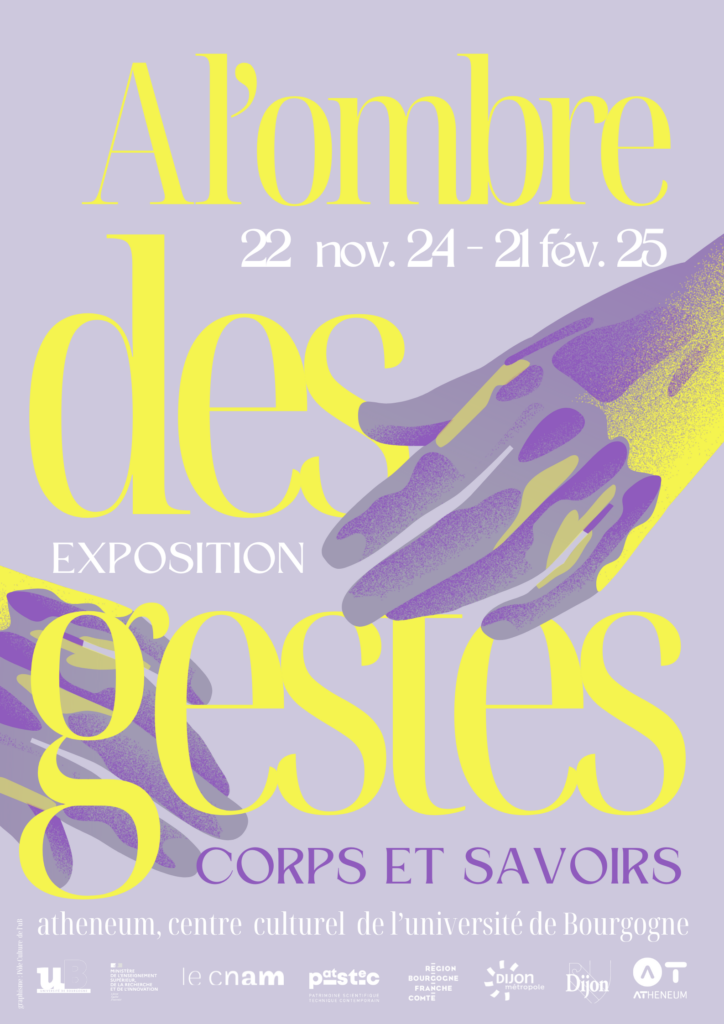
“Un passé, des possibles” (One Past, Many Possibilities): November 27, 2023 – March 1, 2024
Conceived as a manifesto for a living heritage, the “Un passé, des possibles” exhibition is an opportunity to discover specimens from the university’s natural history collections, their little-known history, and the way in which they are conserved and studied within the university.
The aim is also to promote the research projects carried out by the Biogeosciences laboratory, through meetings and testimonials. In addition to these meetings with researchers, the artist Julia Morlot has agreed to present some of her works, creating a poetic dialogue with the specimens on display.
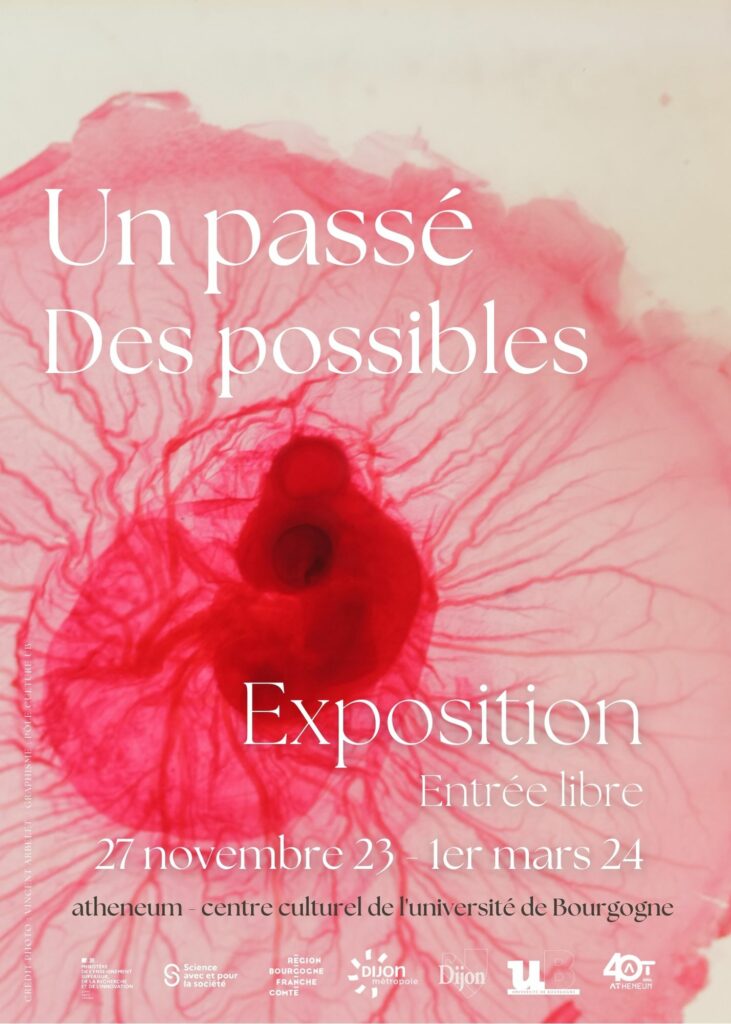
“From scientist to researcher: figures from yesterday to today”: November 9, 2022-January 2023
How has the figure of the scientist evolved since the 19th century? Before the caricatures of Louis Pasteur in the press, the scientist appeared in literature and then in science fiction. Experimenting with the limits of human life, he becomes a cursed being in Faust, in the Frankenstein tale or in the characters of Dr. Jekyll and Mr. Hyde. With the advent of biopics and contemporary popular culture, his face is transformed into something more human, sometimes even embodying humor. But what about real researchers today? How do they see themselves? And what role do they play? This exhibition features never-before-seen testimonials from some of them speaking about their careers, their inspirations and their relationship to their profession, as well as an original behind-the-scenes look at a university laboratory by a mangaka…
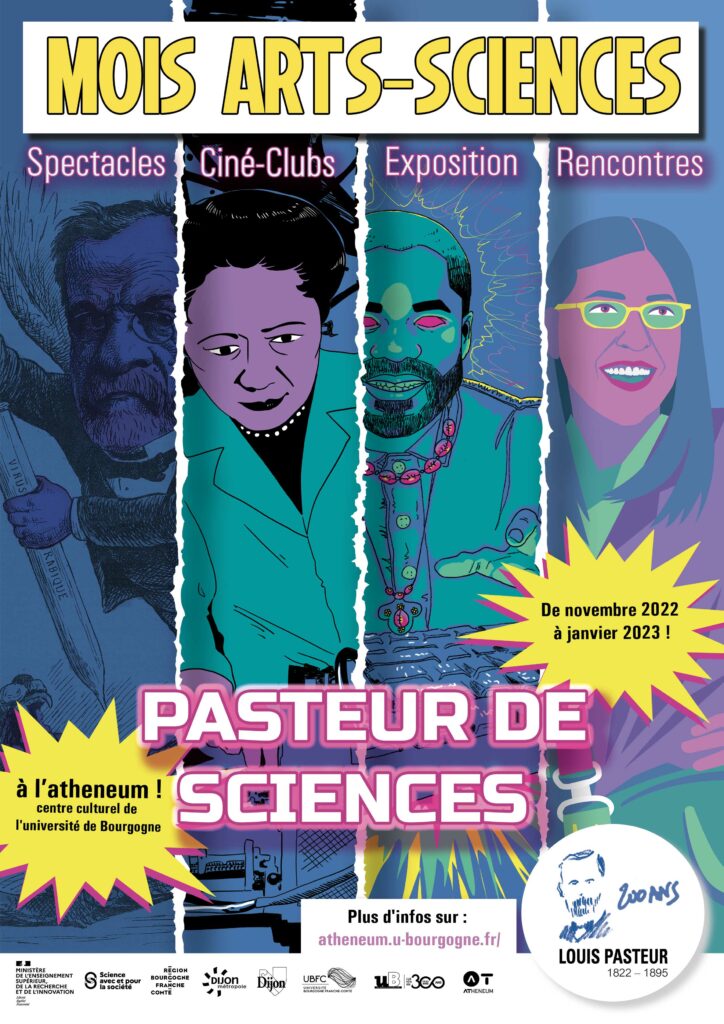
POP” (Prototype Objet Particulier): November 15, 2021 – February 11, 2022
Presented at the Atheneum from November 15, 2021 to February 11, 2022, the “Prototype Objet Particulier” exhibition follows on from a national exhibition at the Musée des Arts et Métiers in Paris. At the heart of this exhibition are prototypes, special objects that lie somewhere in the area between experimentation and industrialization. Developed for the needs of an experiment or to respond to a social issue, they all have a story to tell. The exhibition invites visitors to discover these objects, and the men and women who designed them, through a scenography combining physical presentation, photos, sounds and videos.
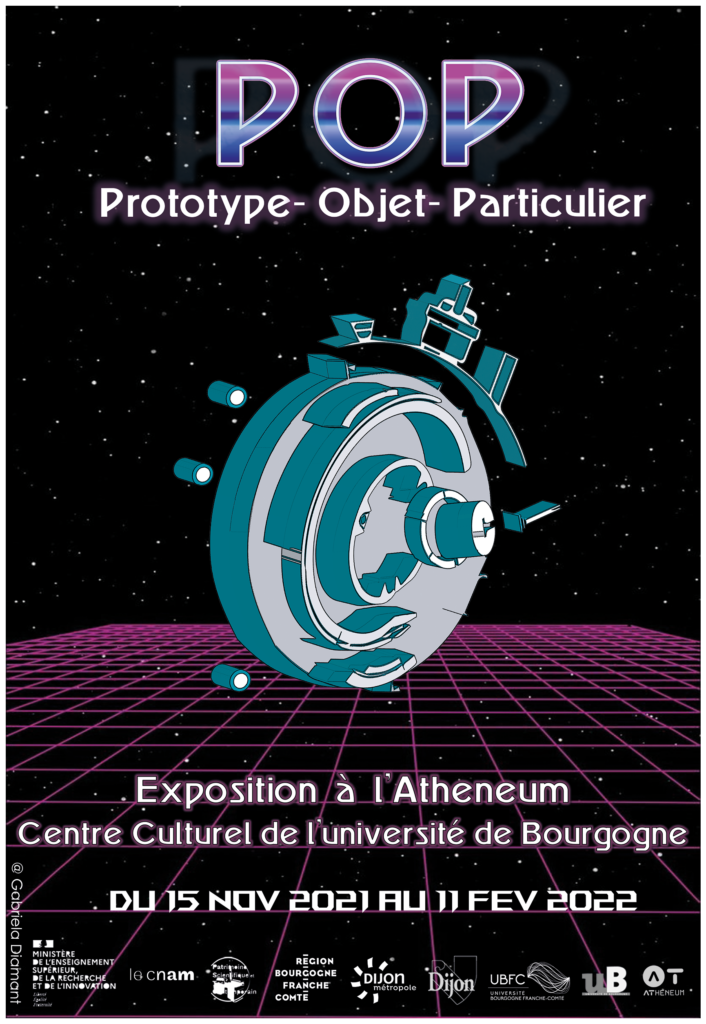
A radio show dedicated to university collectibles!
From Doctor Auzoux’s clastic man to Abbé Nollet’s ancient scientific instruments and Nördlinger’s pocket forest, Baptiste and Thibault invite you to discover the often unknown yet eventful history of the university’s collections!
Contacts
Marie-Laure Baudement
General Curator of Heritage – Director of the Culture Cluster at the Université de Bourgogne and head of the PATSTEC network
Office 122 – Tel: 03 80 39 90 98
marie-laure.baudement@u-bourgogne.fr
Baptiste Cottard
In charge of scientific and technical collections – Mission PATSTEC in Burgundy-Franche-Comté project manager
Office 121 – Tel: 03 80 39 91 55
baptiste.cottard@u-bourgogne.fr
Peggy Camus
Deputy Director, Atheneum
peggy.camus@u-bourgogne.fr
Communication
Thibault Roy
thibault.roy@u-bourgogne.fr

